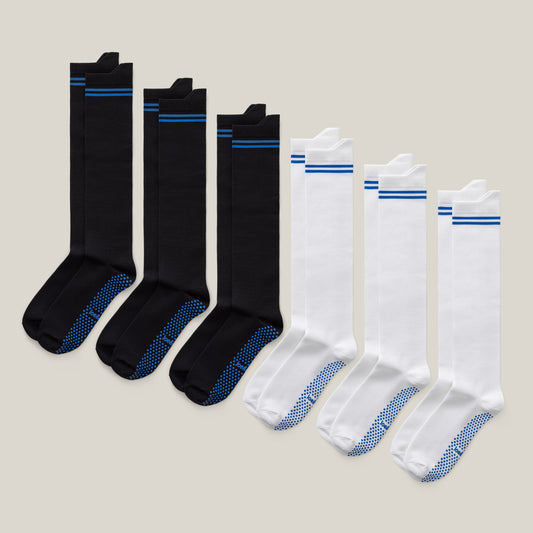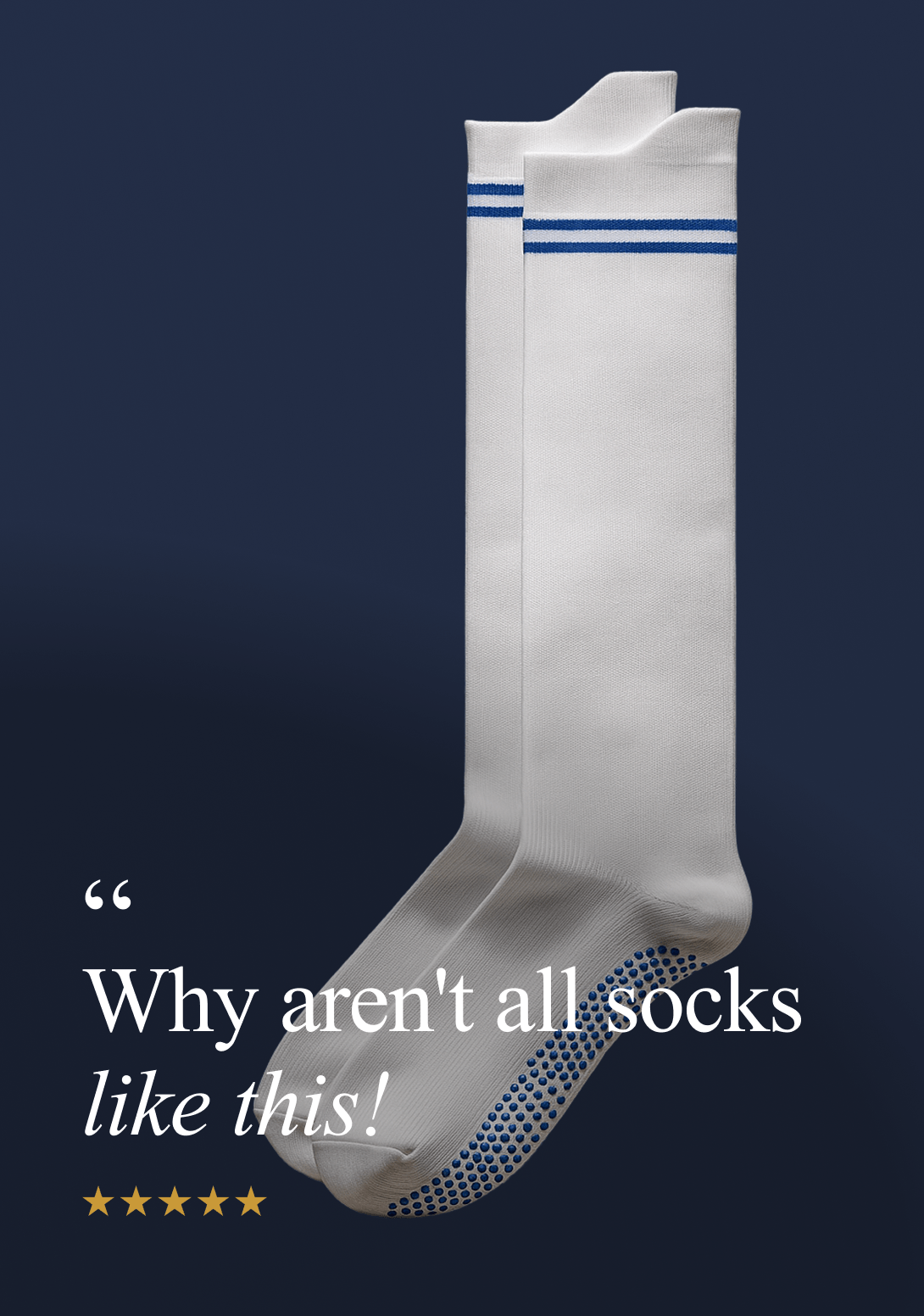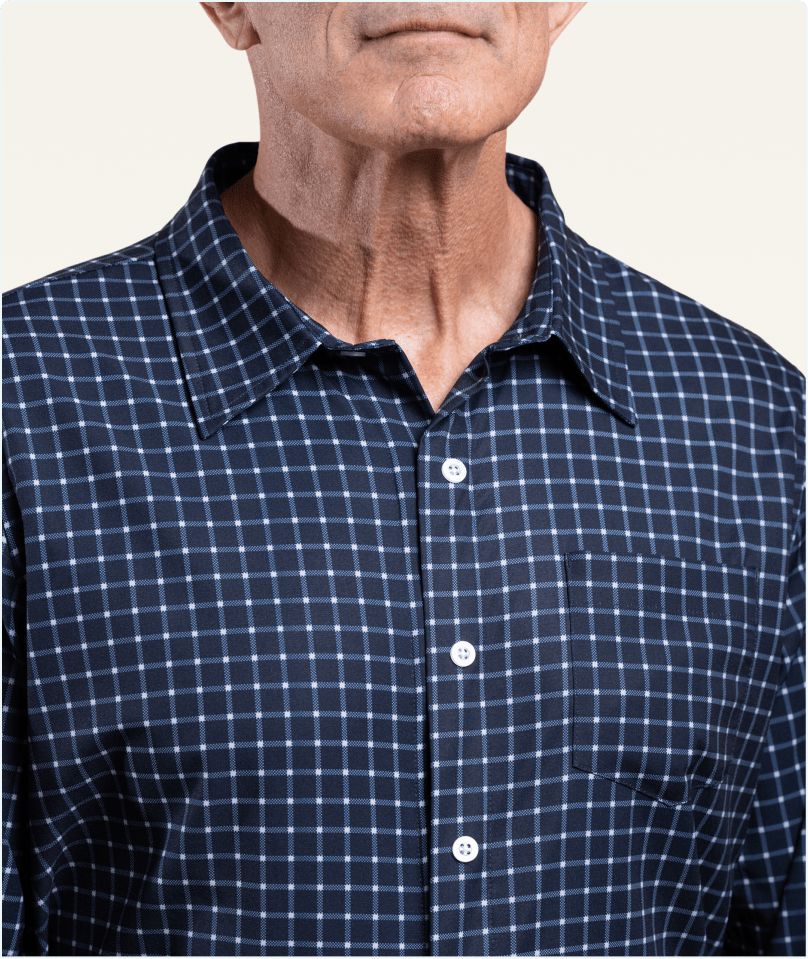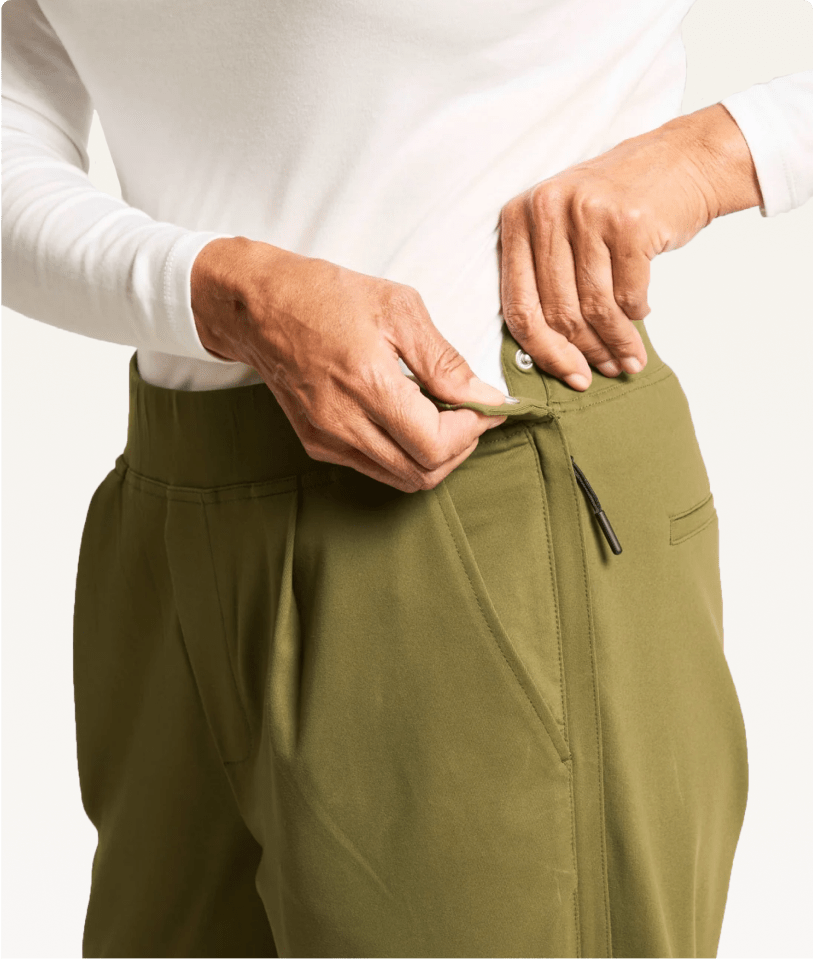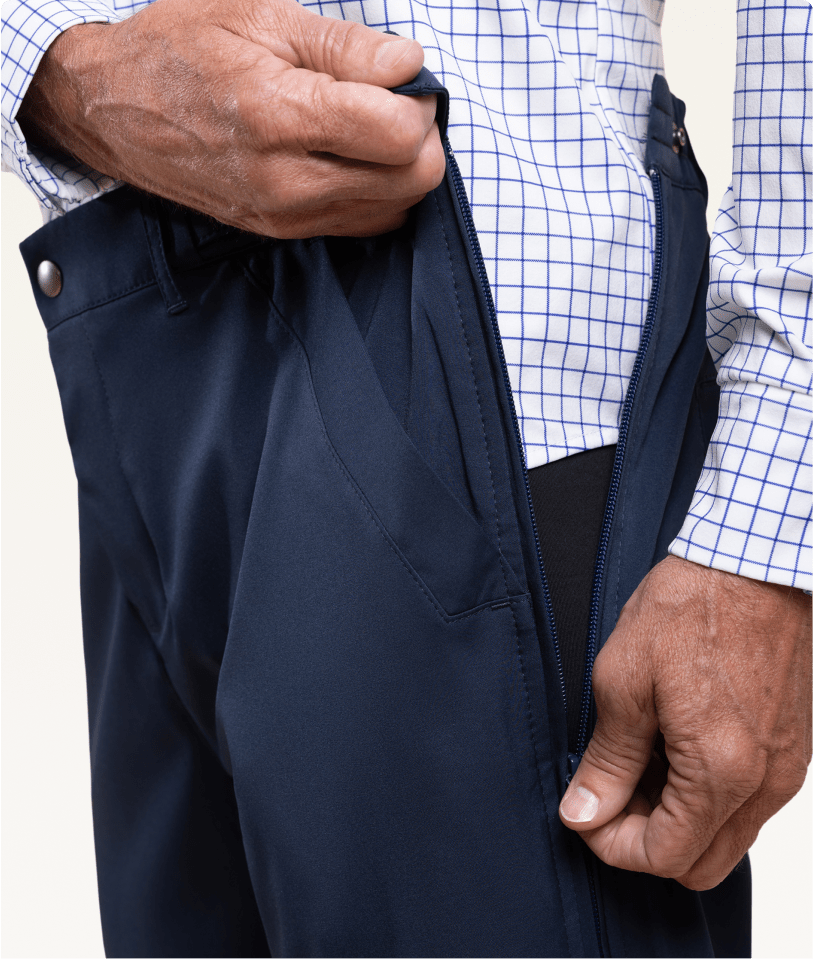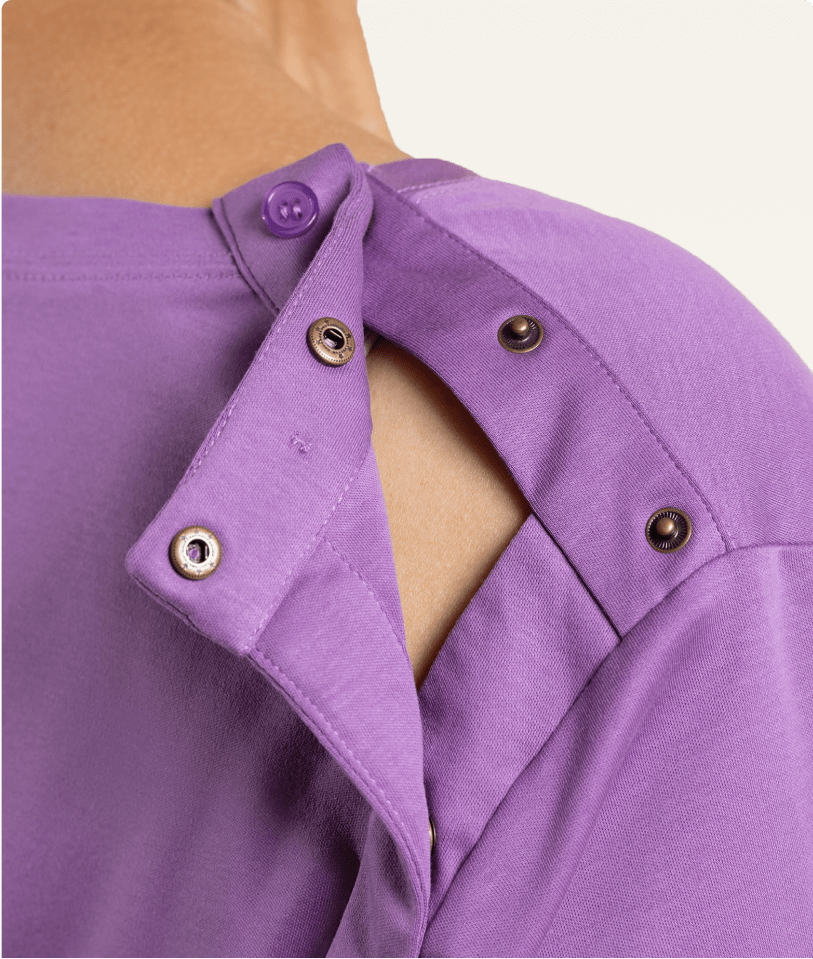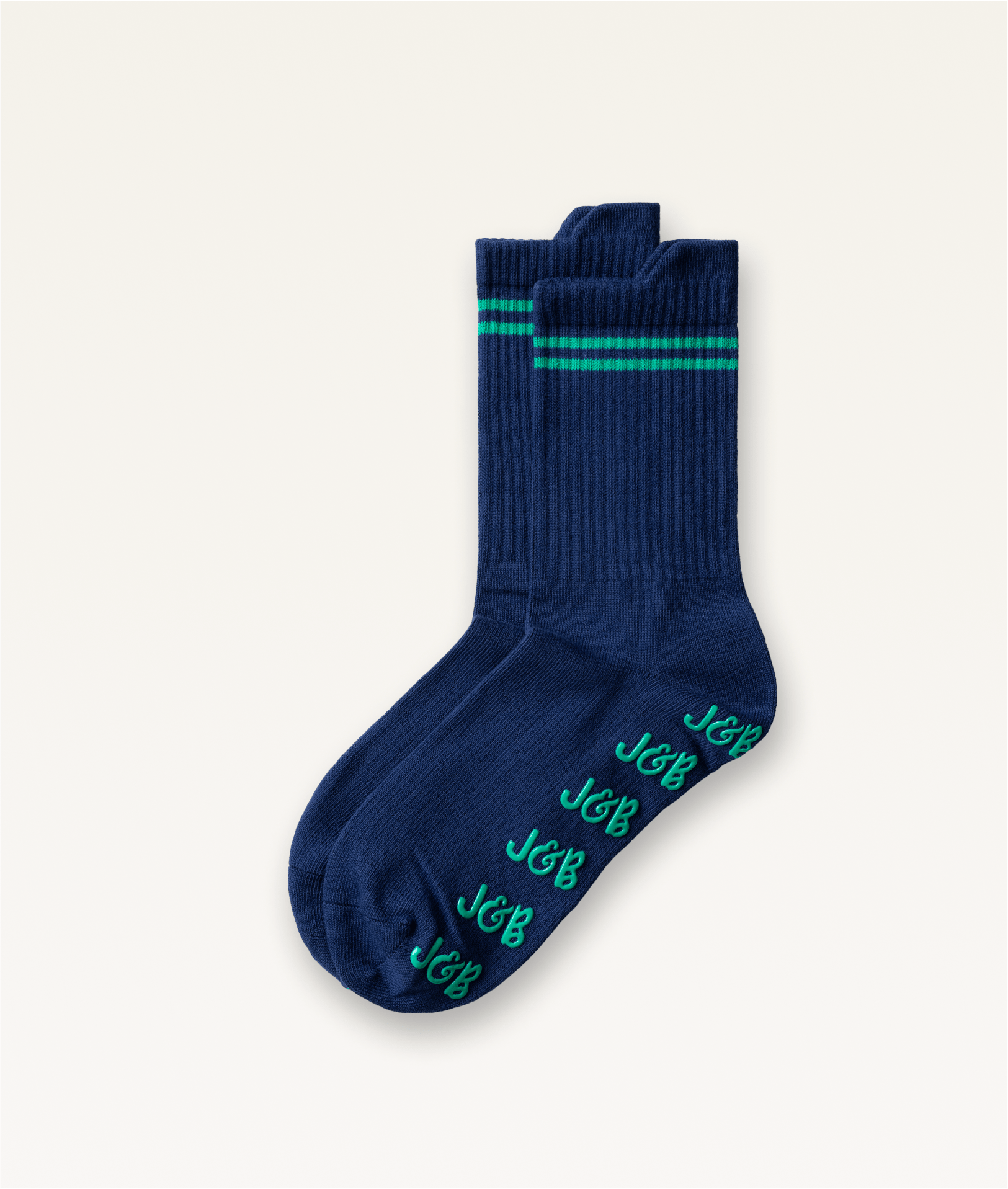-
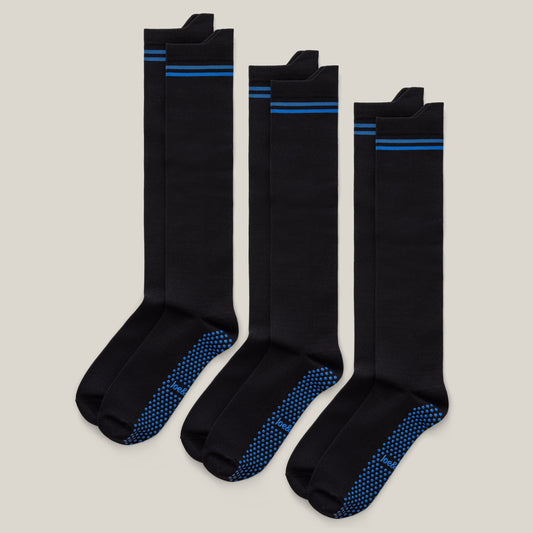 19% OffRegular price $44Regular priceUnit price per
19% OffRegular price $44Regular priceUnit price per$54Sale price $4419% Off
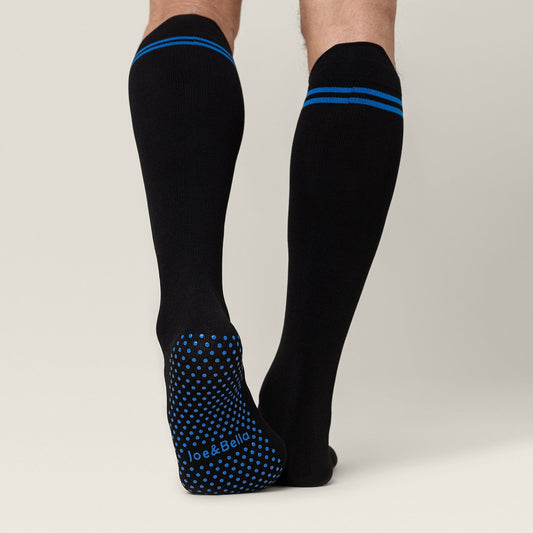
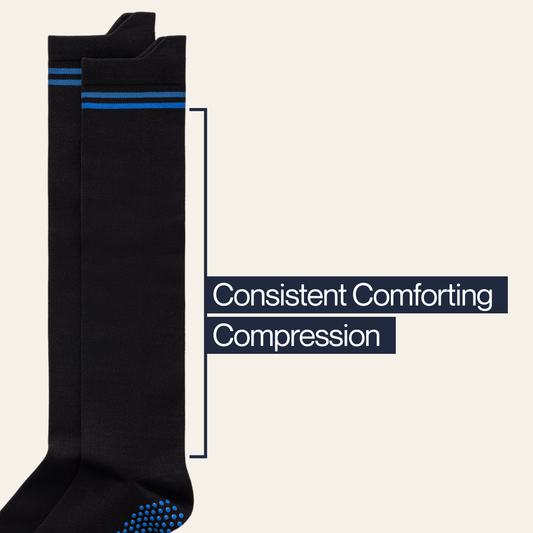
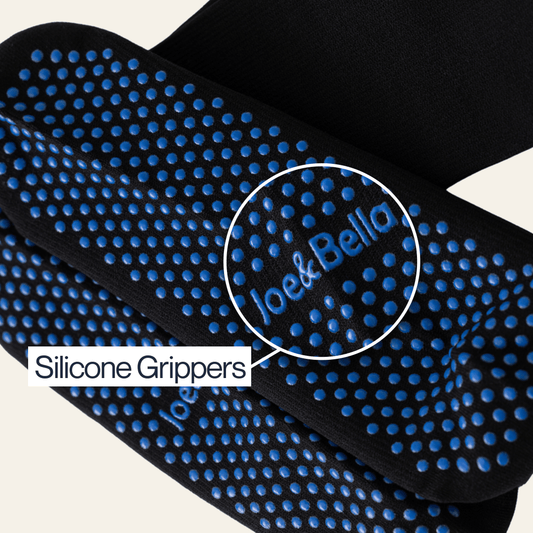
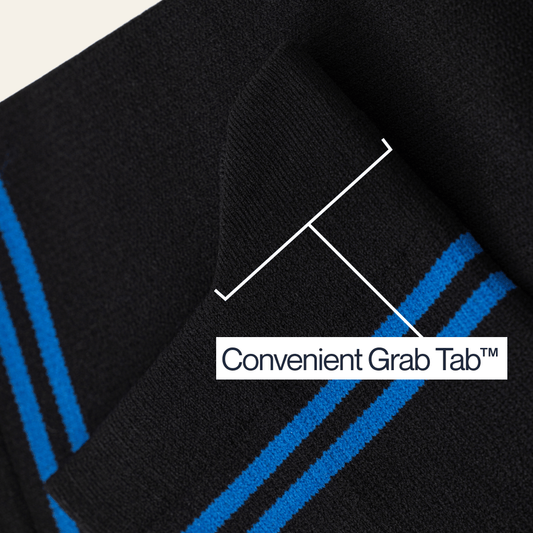
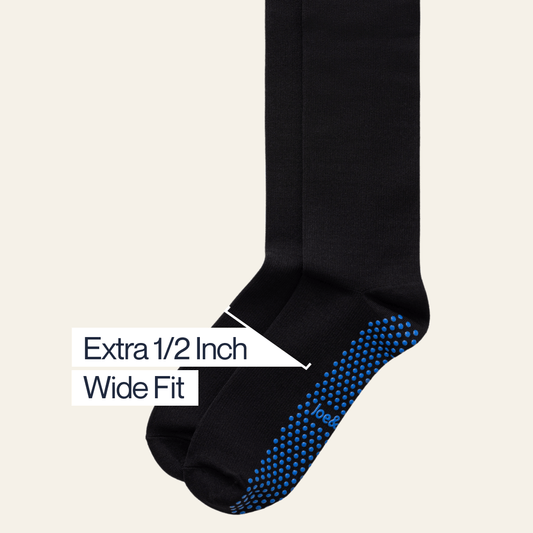
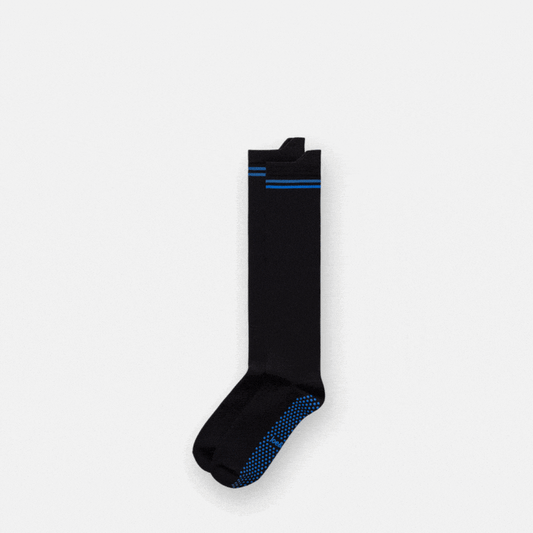
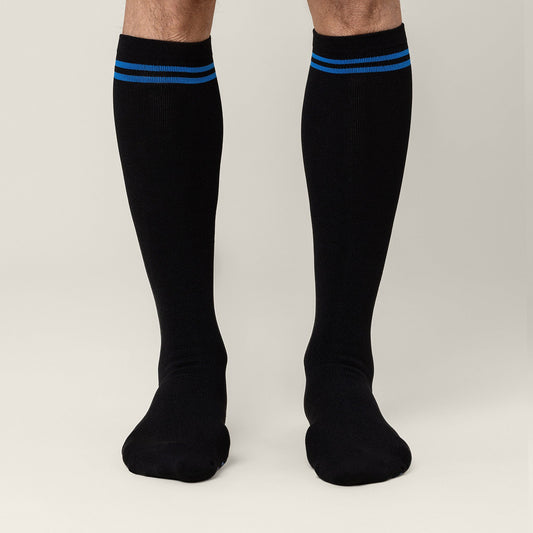
Big-Grip No-Slip Compression Socks: 3-Pack
Sale Sold outRegular price $44Regular priceUnit price per$54Sale price $44Only 31 left in stock — don’t miss out!
View Full Product DetailsCouldn't load pickup availability
-
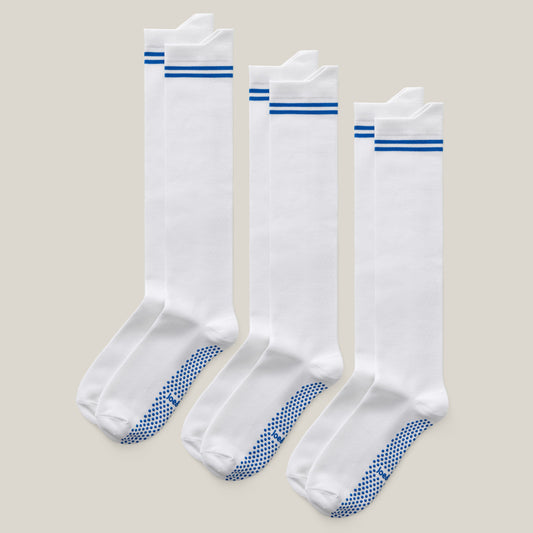 19% OffRegular price $44Regular priceUnit price per
19% OffRegular price $44Regular priceUnit price per$54Sale price $4419% Off

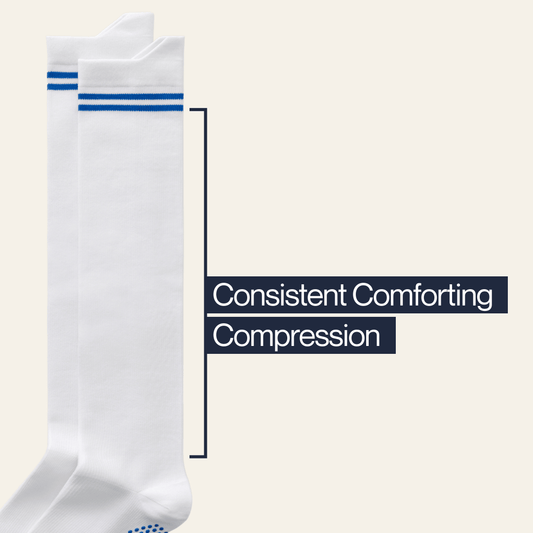
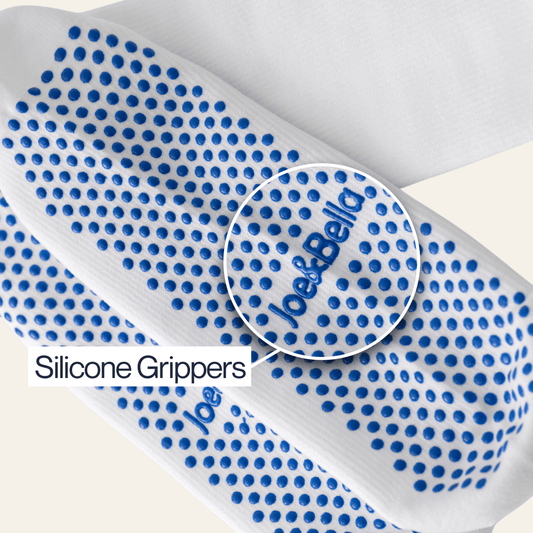
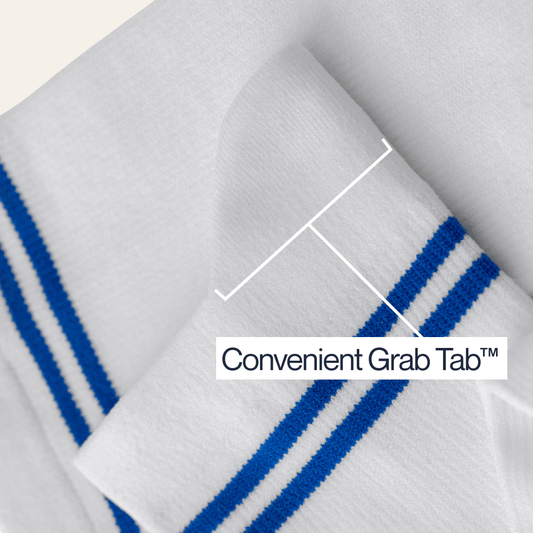
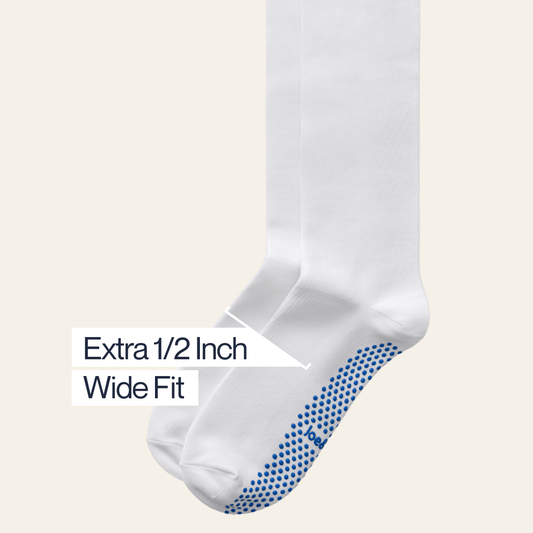
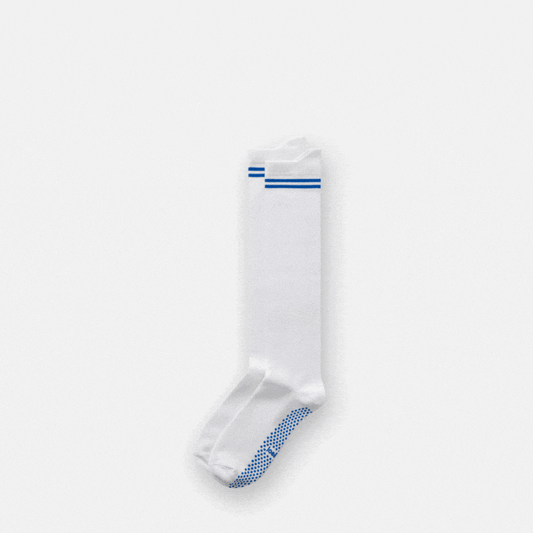
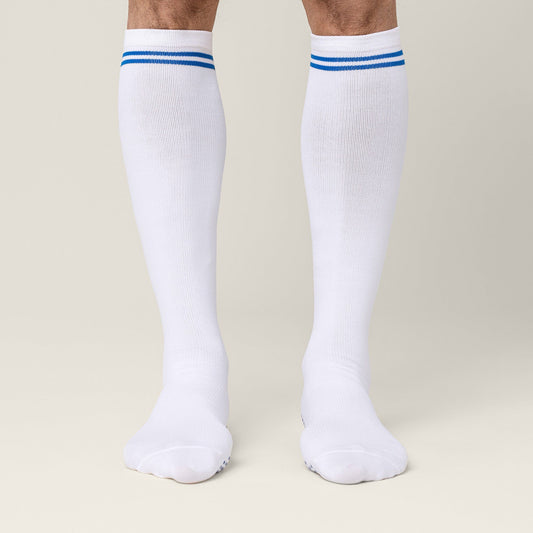
Big-Grip No-Slip Compression Socks: 3-Pack
Sale Sold outRegular price $44Regular priceUnit price per$54Sale price $44Only 31 left in stock — don’t miss out!
View Full Product DetailsCouldn't load pickup availability
-
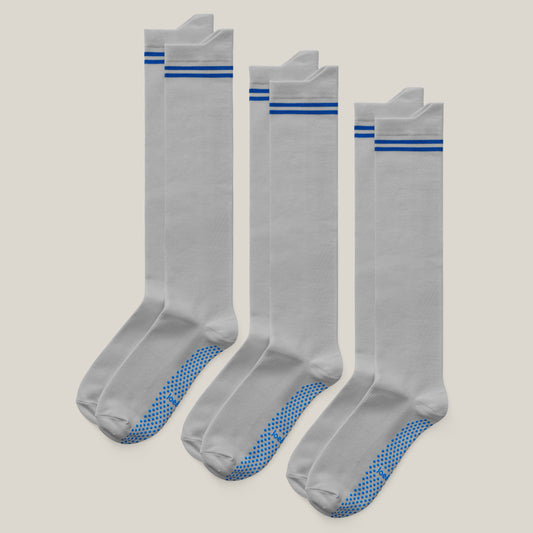 19% OffRegular price $44Regular priceUnit price per
19% OffRegular price $44Regular priceUnit price per$54Sale price $4419% Off

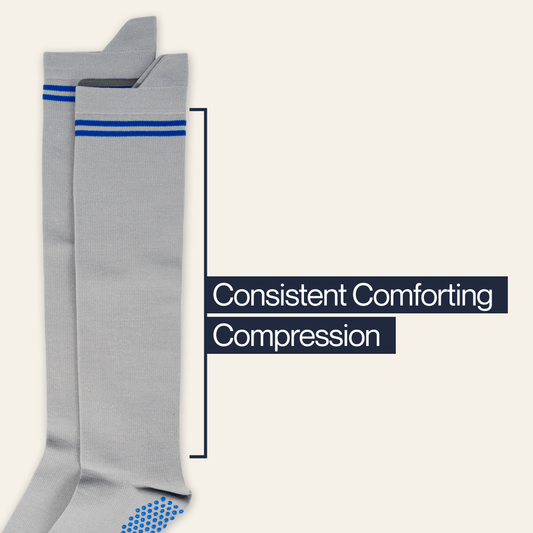

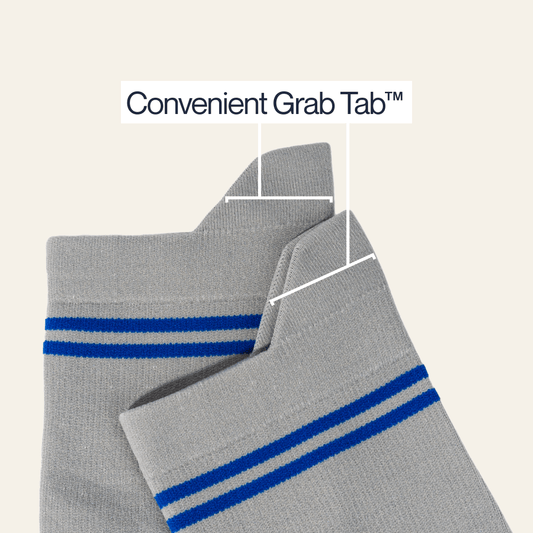
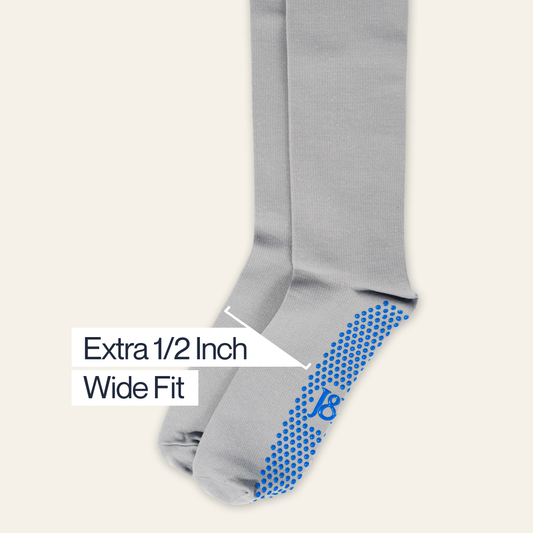
Big-Grip No-Slip Compression Socks: 3-Pack
Sale Sold outRegular price $44Regular priceUnit price per$54Sale price $44Only 31 left in stock — don’t miss out!
View Full Product DetailsCouldn't load pickup availability
-
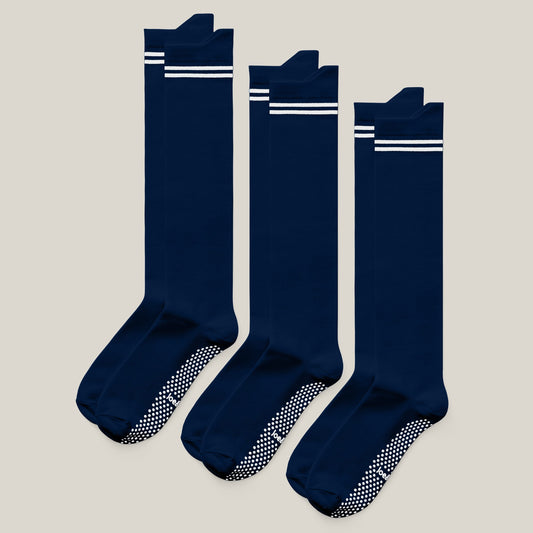 19% OffRegular price $44Regular priceUnit price per
19% OffRegular price $44Regular priceUnit price per$54Sale price $4419% Off
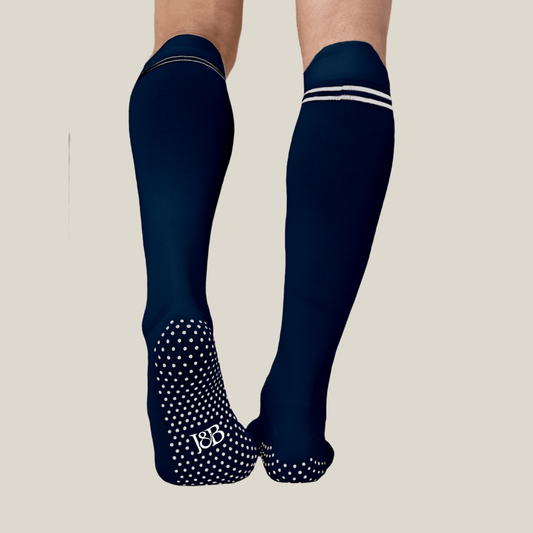
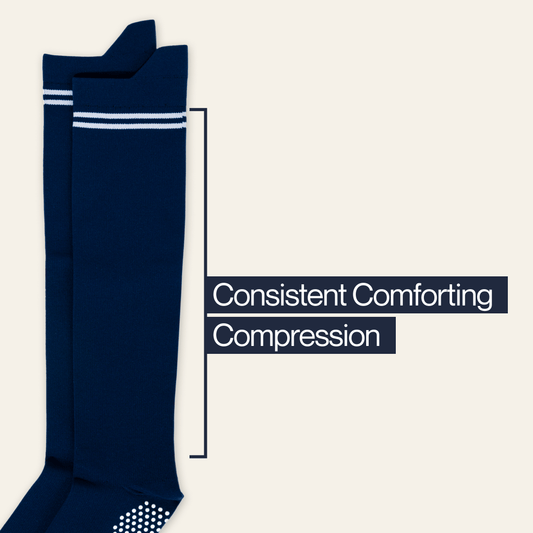

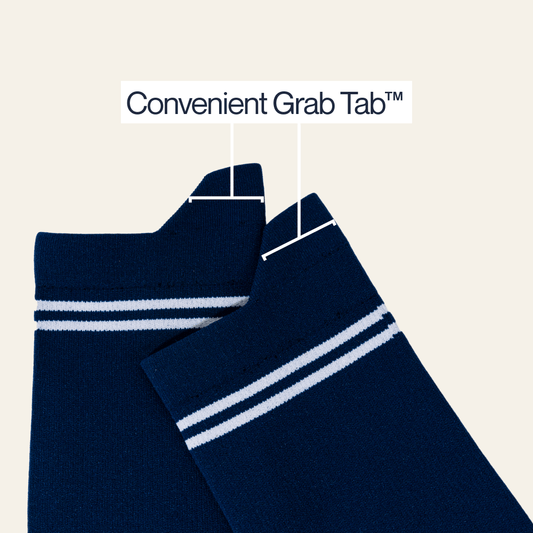
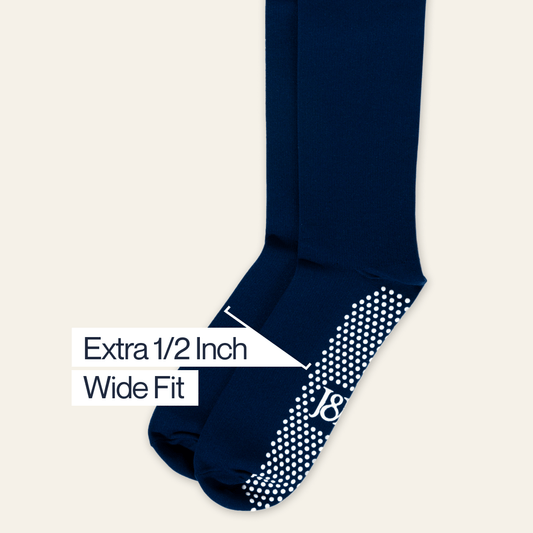
Big-Grip No-Slip Compression Socks: 3-Pack
Sale Sold outRegular price $44Regular priceUnit price per$54Sale price $44Only 31 left in stock — don’t miss out!
View Full Product DetailsCouldn't load pickup availability
-
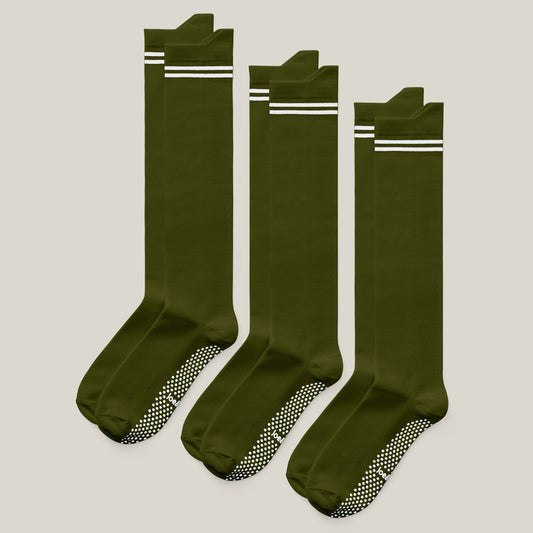 19% OffRegular price $44Regular priceUnit price per
19% OffRegular price $44Regular priceUnit price per$54Sale price $4419% Off
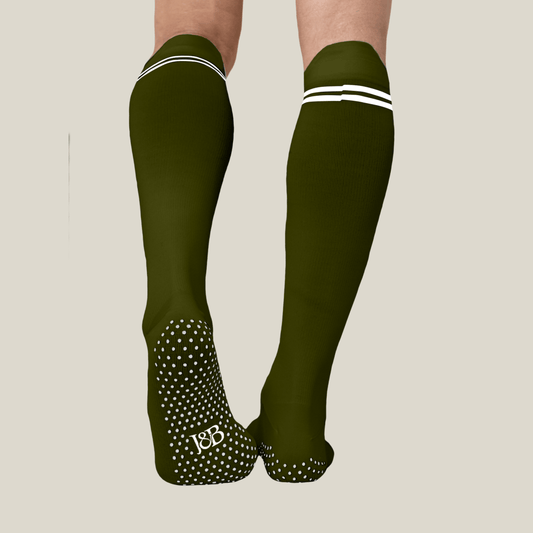
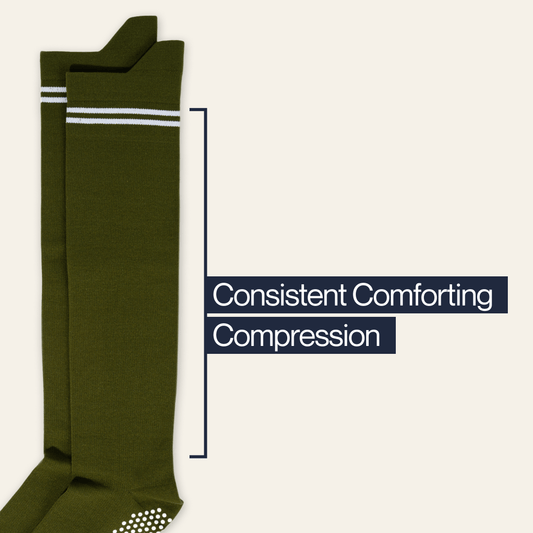
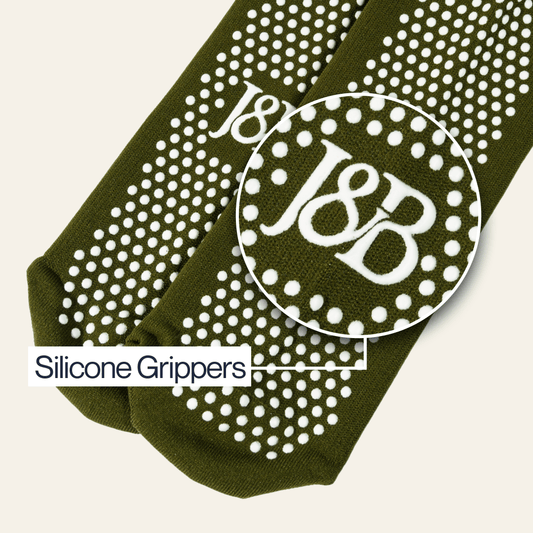
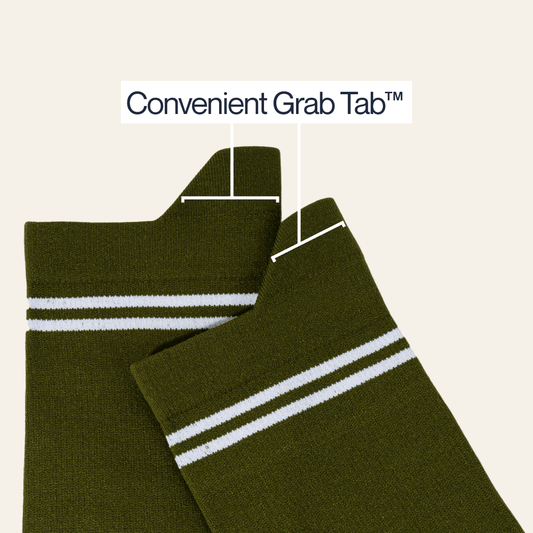

Big-Grip No-Slip Compression Socks: 3-Pack
Sale Sold outRegular price $44Regular priceUnit price per$54Sale price $44Only 31 left in stock — don’t miss out!
View Full Product DetailsCouldn't load pickup availability
-
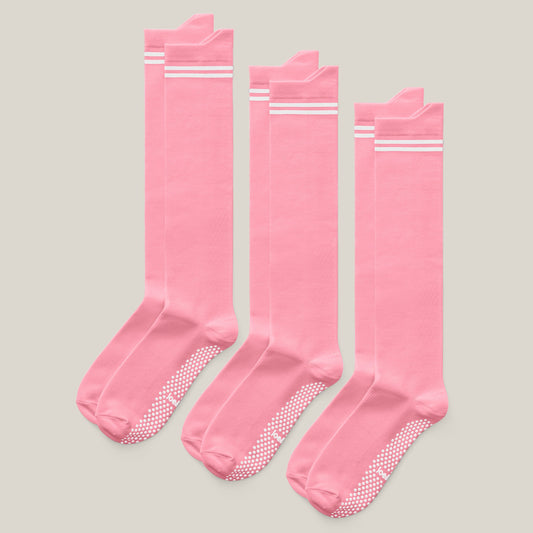 19% OffRegular price $44Regular priceUnit price per
19% OffRegular price $44Regular priceUnit price per$54Sale price $4419% Off
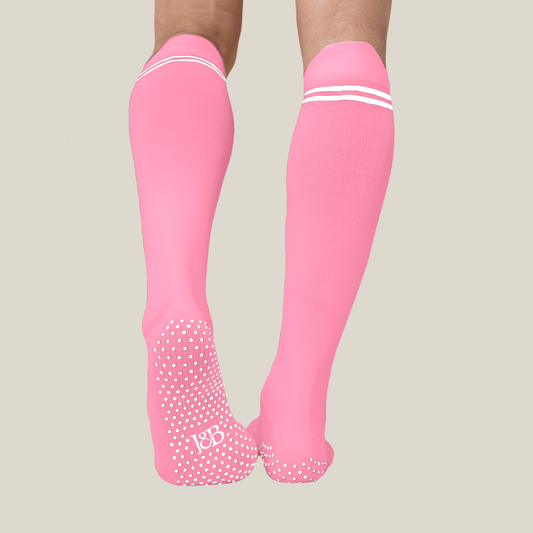
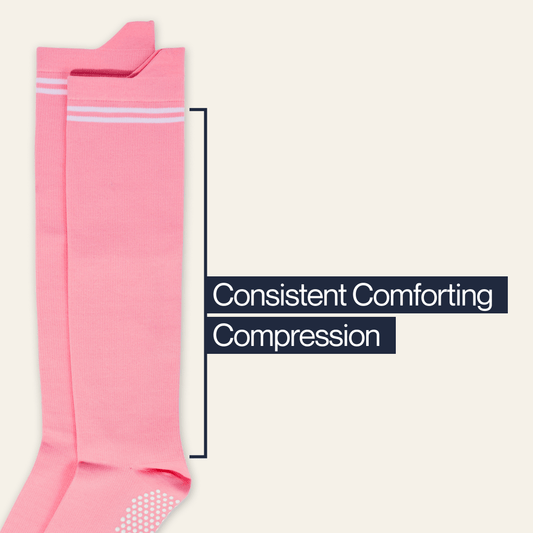
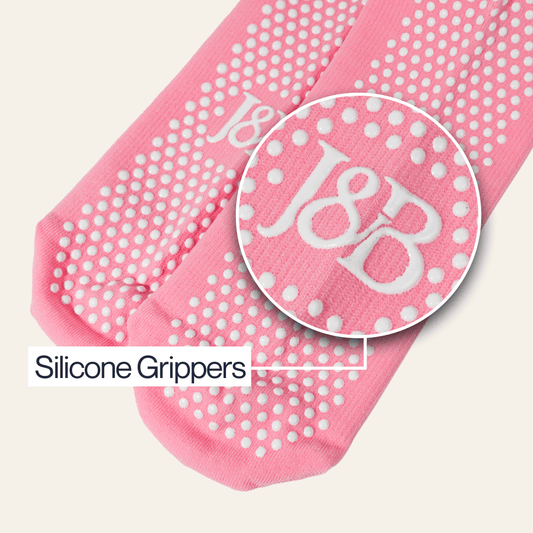
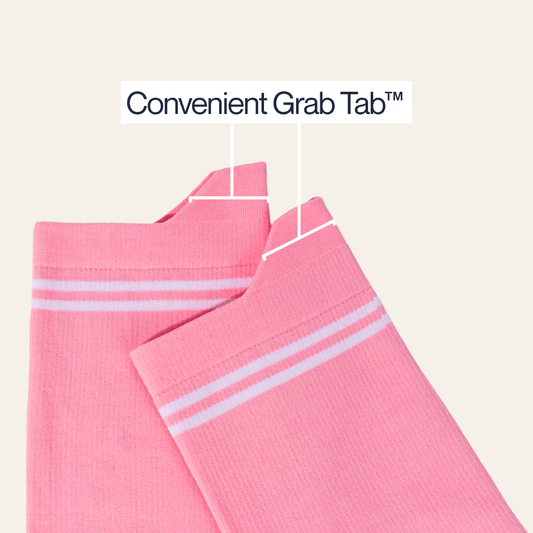
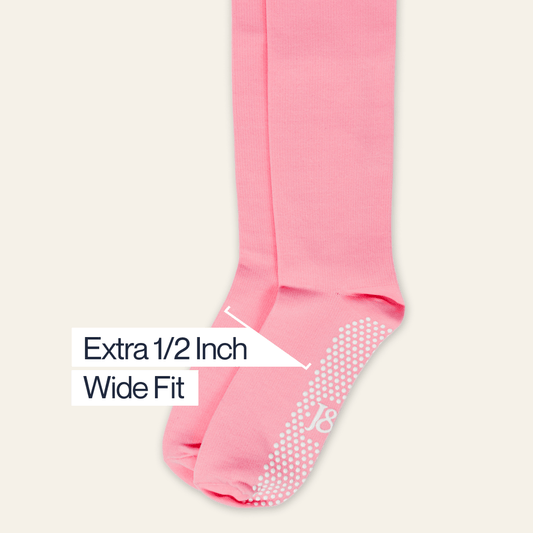
Big-Grip No-Slip Compression Socks: 3-Pack
Sale Sold outRegular price $44Regular priceUnit price per$54Sale price $44Only 31 left in stock — don’t miss out!
View Full Product DetailsCouldn't load pickup availability
-
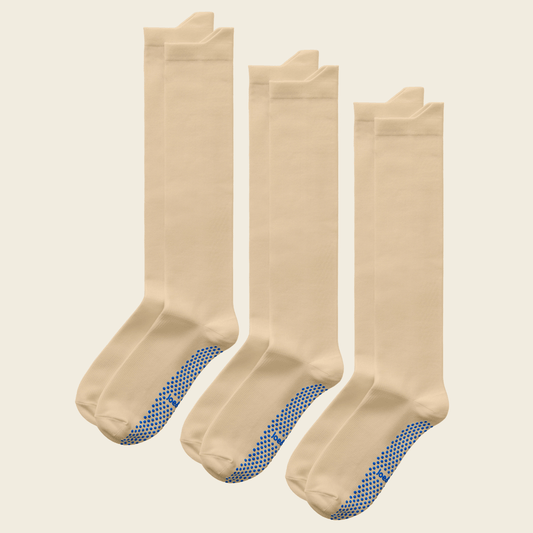 Regular price $54Regular priceUnit price per
Regular price $54Regular priceUnit price per$54Sale price $540% Off

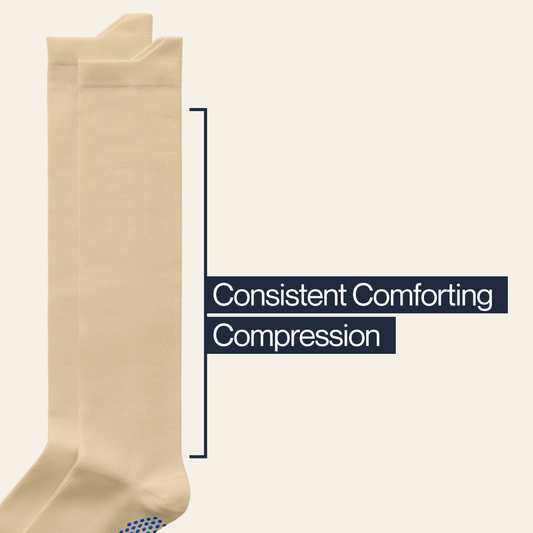
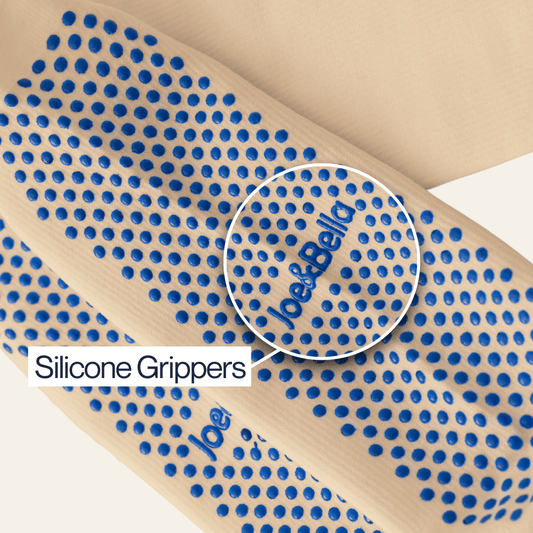
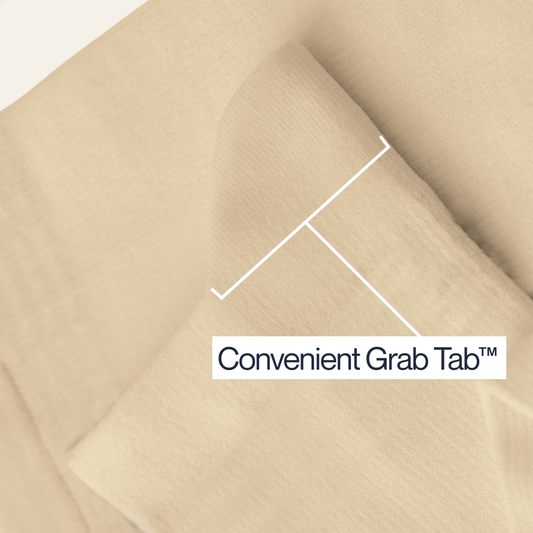
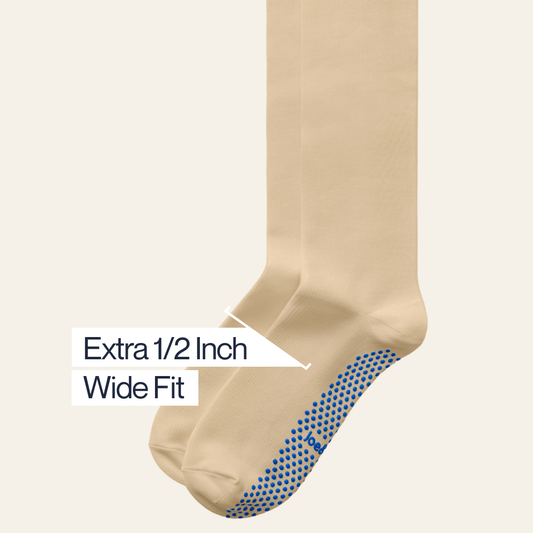
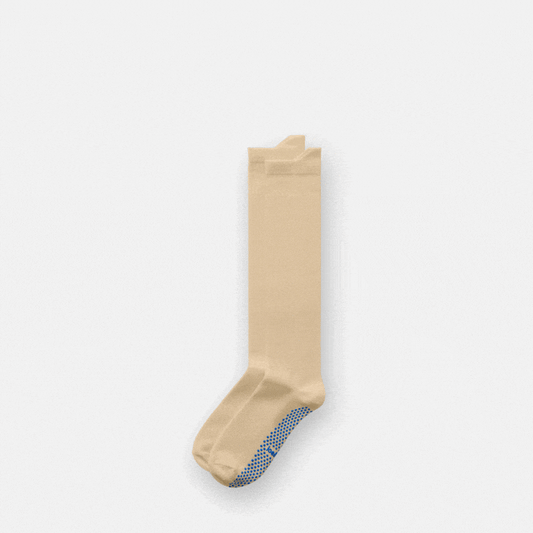
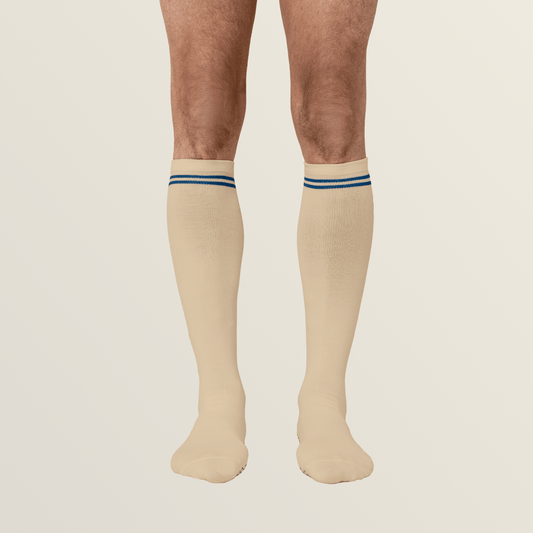
Big-Grip No-Slip Compression Socks: 3-Pack
Sale Sold outRegular price $44Regular priceUnit price per$54Sale price $44Only 31 left in stock — don’t miss out!
View Full Product DetailsCouldn't load pickup availability
-
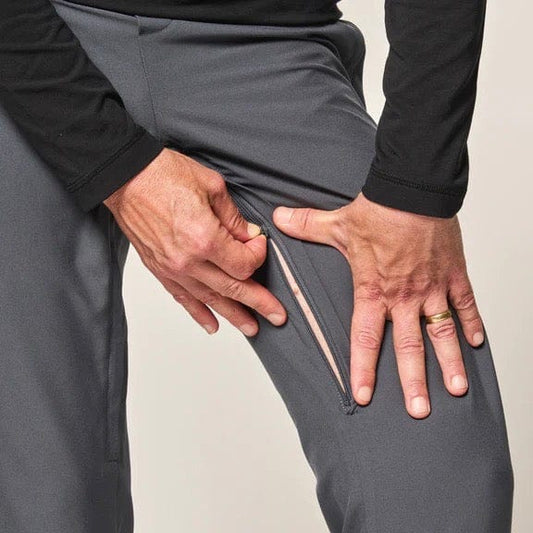 Regular price $108Regular priceUnit price per
Regular price $108Regular priceUnit price per$108Sale price $108
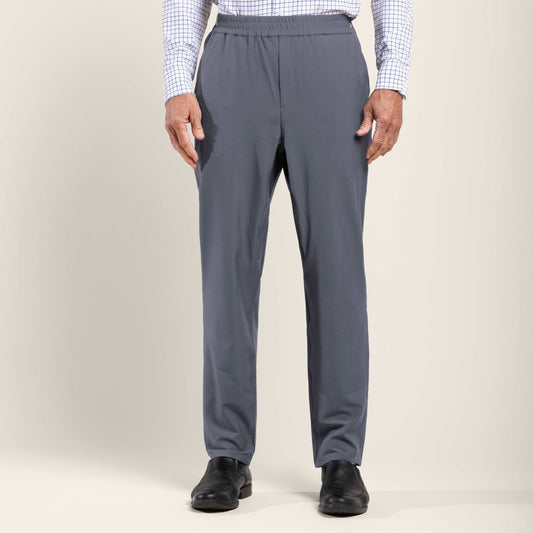
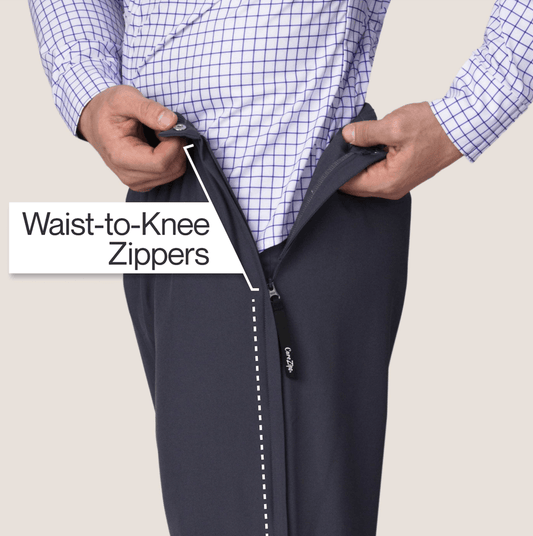


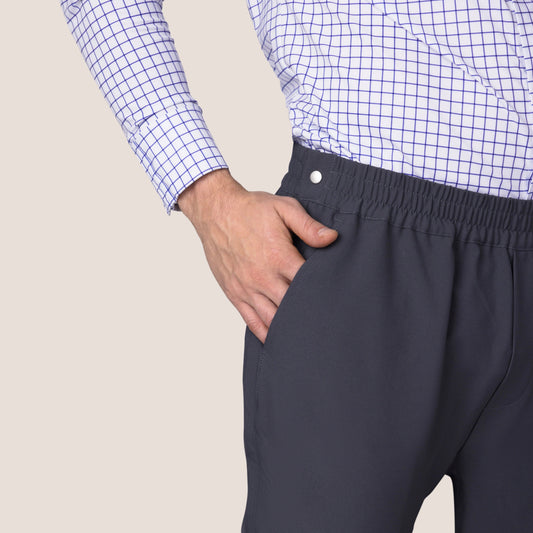
CareZips® Men's Access Pants
Sale Sold outRegular price $108Regular priceUnit price per$108Sale price $108Only 7 left in stock — don’t miss out!
View Full Product DetailsCouldn't load pickup availability
-
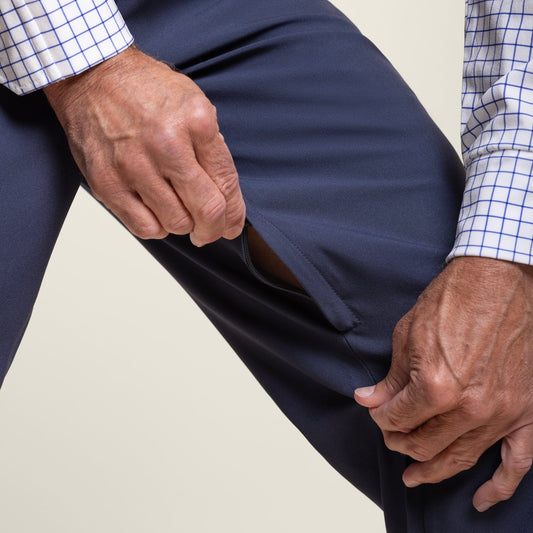 Regular price $108Regular priceUnit price per
Regular price $108Regular priceUnit price per$108Sale price $108
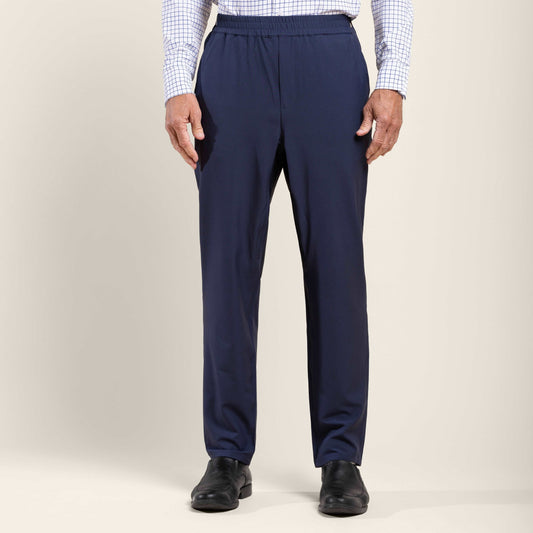
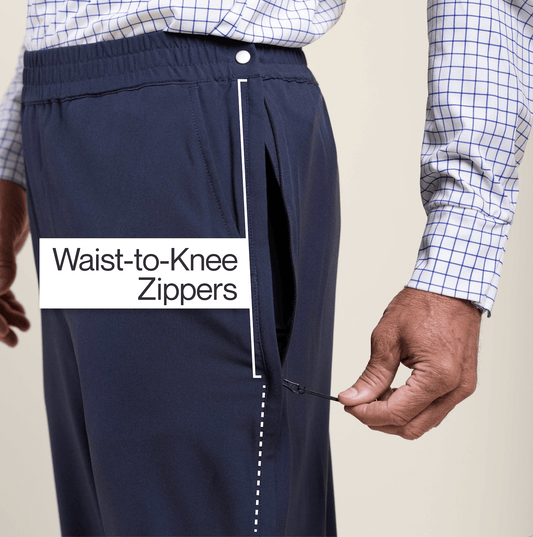
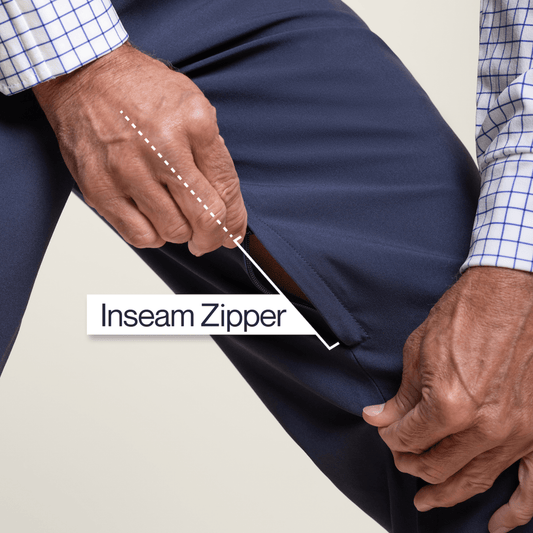

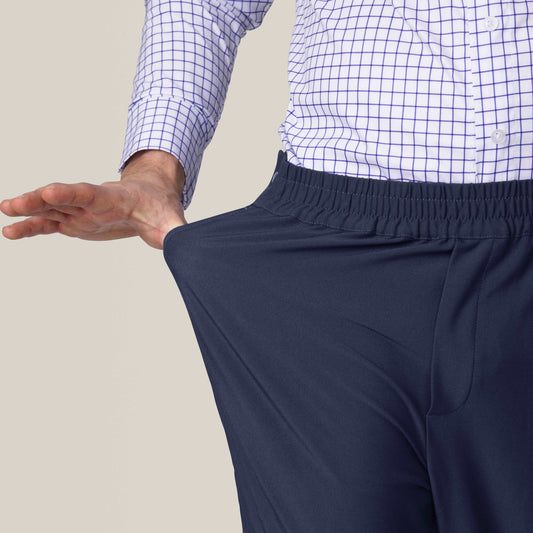
CareZips® Men's Access Pants
Sale Sold outRegular price $108Regular priceUnit price per$108Sale price $108Only 7 left in stock — don’t miss out!
View Full Product DetailsCouldn't load pickup availability
-
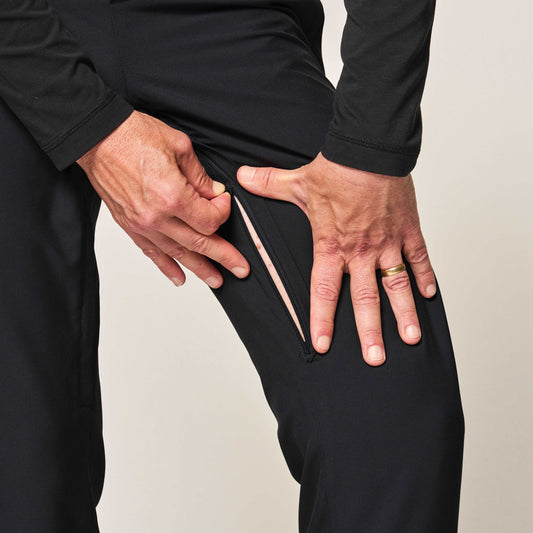 Regular price $108Regular priceUnit price per
Regular price $108Regular priceUnit price per$108Sale price $108
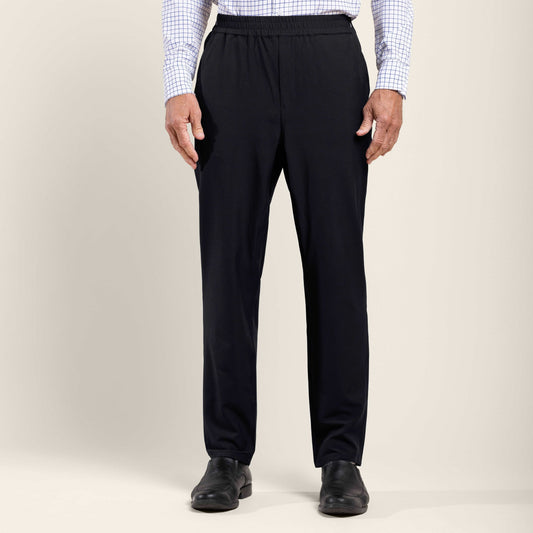
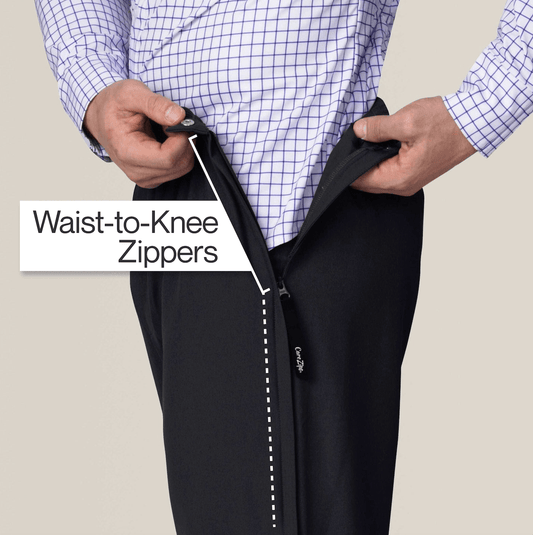


CareZips® Men's Access Pants
Sale Sold outRegular price $108Regular priceUnit price per$108Sale price $108Only 7 left in stock — don’t miss out!
View Full Product DetailsCouldn't load pickup availability
-
 Best Seller 10% OffRegular price $88Regular priceUnit price per
Best Seller 10% OffRegular price $88Regular priceUnit price per$98Sale price $8810% Off

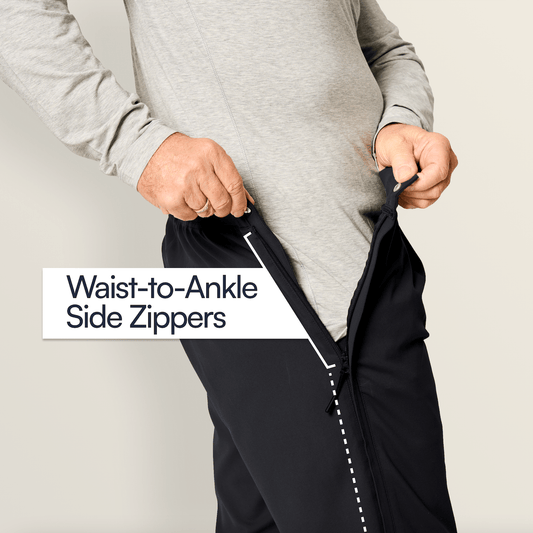

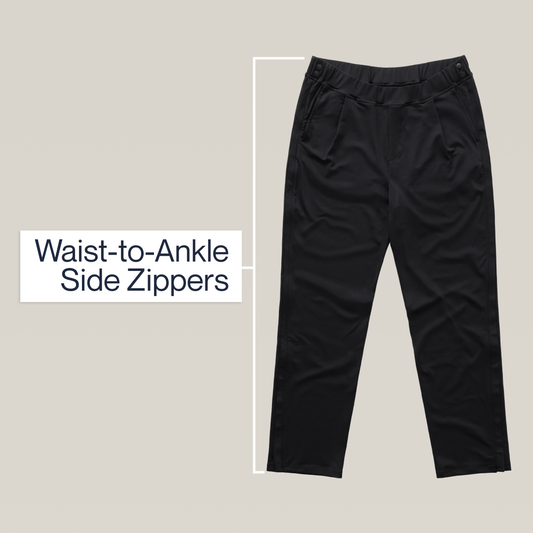
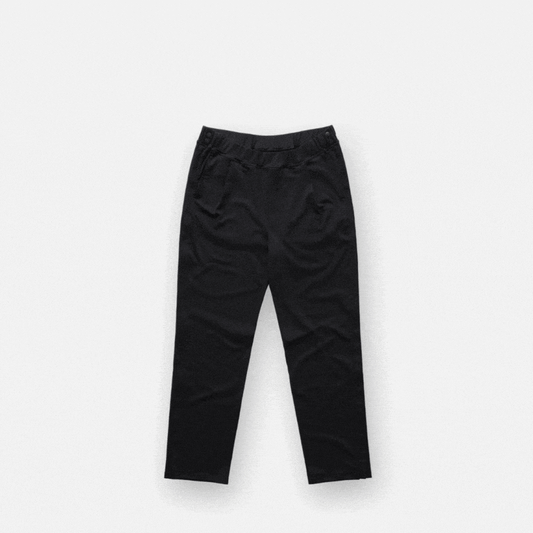
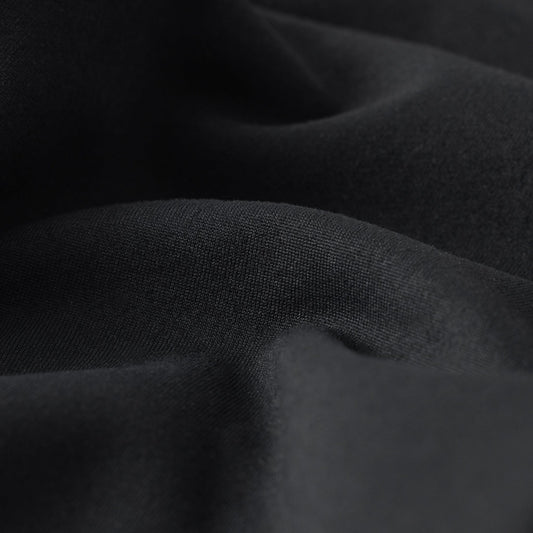
Side-Zip Pants
Sale Sold outRegular price $88Regular priceUnit price per$98Sale price $88Only 8 left in stock — don’t miss out!
View Full Product DetailsCouldn't load pickup availability
-
 10% OffRegular price $88Regular priceUnit price per
10% OffRegular price $88Regular priceUnit price per$98Sale price $8810% Off






Side-Zip Pants
Sale Sold outRegular price $88Regular priceUnit price per$98Sale price $88Only 8 left in stock — don’t miss out!
View Full Product DetailsCouldn't load pickup availability
-
 Regular price $98Regular priceUnit price per
Regular price $98Regular priceUnit price per$98Sale price $980% Off






Side-Zip Pants
Sale Sold outRegular price $88Regular priceUnit price per$98Sale price $88Only 8 left in stock — don’t miss out!
View Full Product DetailsCouldn't load pickup availability
-
 Regular price $98Regular priceUnit price per
Regular price $98Regular priceUnit price per$98Sale price $980% Off







Side-Zip Pants
Sale Sold outRegular price $88Regular priceUnit price per$98Sale price $88Only 8 left in stock — don’t miss out!
View Full Product DetailsCouldn't load pickup availability
-
 Best Seller 19% OffRegular price $88Regular priceUnit price per
Best Seller 19% OffRegular price $88Regular priceUnit price per$108Sale price $88Best Seller 19% Off





Magnetic Button-Down | Tailored-Fit
Sale Sold outRegular price $88Regular priceUnit price per$108Sale price $88Only 40 left in stock — don’t miss out!
View Full Product DetailsCouldn't load pickup availability
-
 19% OffRegular price $88Regular priceUnit price per
19% OffRegular price $88Regular priceUnit price per$108Sale price $8819% Off





Magnetic Button-Down | Tailored-Fit
Sale Sold outRegular price $88Regular priceUnit price per$108Sale price $88Only 40 left in stock — don’t miss out!
View Full Product DetailsCouldn't load pickup availability
-
 19% OffRegular price $88Regular priceUnit price per
19% OffRegular price $88Regular priceUnit price per$108Sale price $8819% Off






Magnetic Button-Down | Tailored-Fit
Sale Sold outRegular price $88Regular priceUnit price per$108Sale price $88Only 40 left in stock — don’t miss out!
View Full Product DetailsCouldn't load pickup availability
-
 19% OffRegular price $88Regular priceUnit price per
19% OffRegular price $88Regular priceUnit price per$108Sale price $8819% Off





Magnetic Button-Down | Tailored-Fit
Sale Sold outRegular price $88Regular priceUnit price per$108Sale price $88Only 40 left in stock — don’t miss out!
View Full Product DetailsCouldn't load pickup availability
-
 19% OffRegular price $88Regular priceUnit price per
19% OffRegular price $88Regular priceUnit price per$108Sale price $8819% Off




Magnetic Button-Down | Tailored-Fit
Sale Sold outRegular price $88Regular priceUnit price per$108Sale price $88Only 40 left in stock — don’t miss out!
View Full Product DetailsCouldn't load pickup availability
-
 26% OffRegular price $80Regular priceUnit price per
26% OffRegular price $80Regular priceUnit price per$108Sale price $8026% Off




CareZips® Women's Access Pants
Sale Sold outRegular price $80Regular priceUnit price per$108Sale price $80Only 4 left in stock — don’t miss out!
View Full Product DetailsCouldn't load pickup availability
-
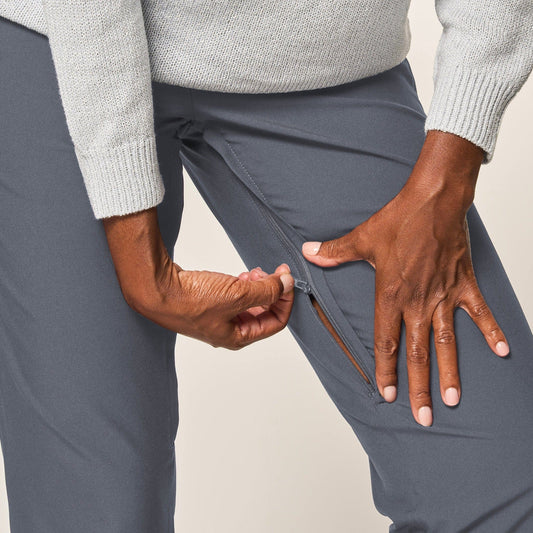 19% OffRegular price $88Regular priceUnit price per
19% OffRegular price $88Regular priceUnit price per$108Sale price $8819% Off
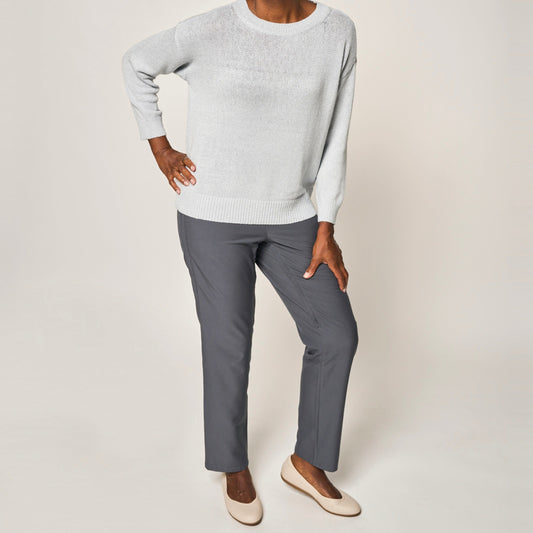
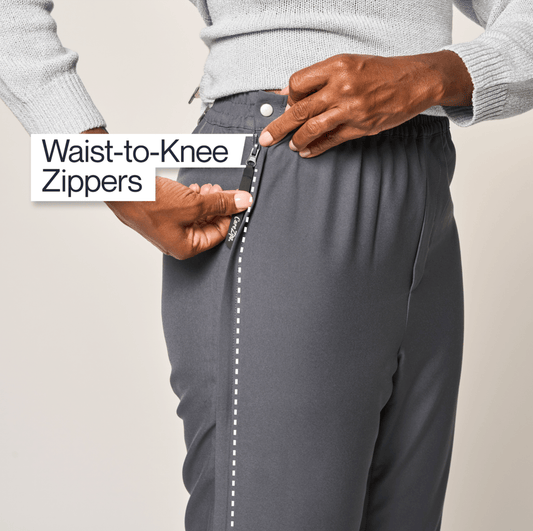
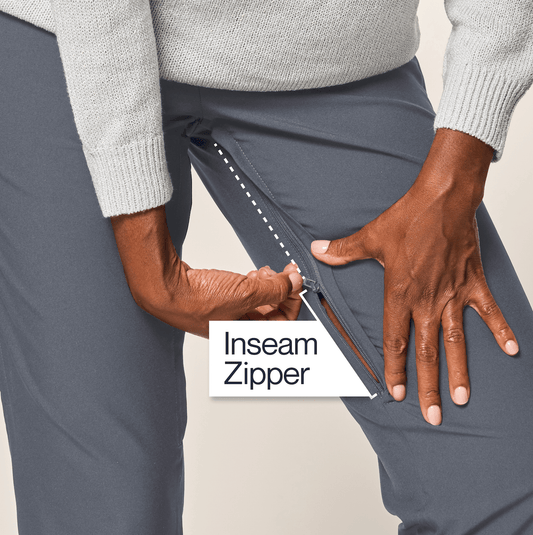
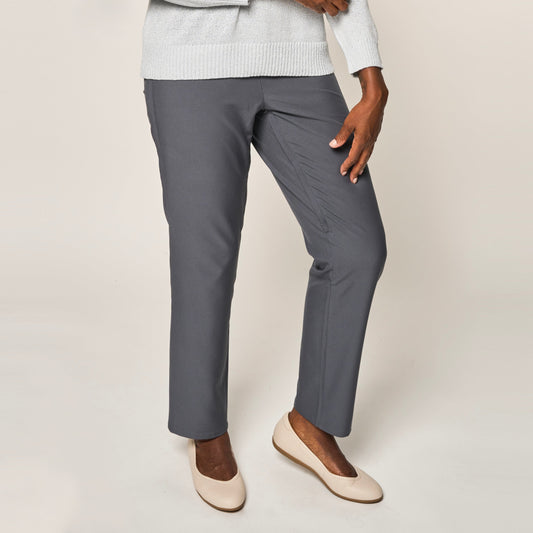
CareZips® Women's Access Pants
Sale Sold outRegular price $80Regular priceUnit price per$108Sale price $80Only 4 left in stock — don’t miss out!
View Full Product DetailsCouldn't load pickup availability
-
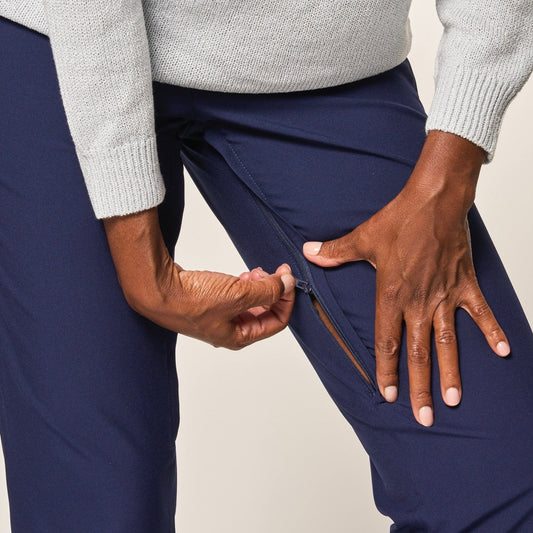 19% OffRegular price $88Regular priceUnit price per
19% OffRegular price $88Regular priceUnit price per$108Sale price $8819% Off
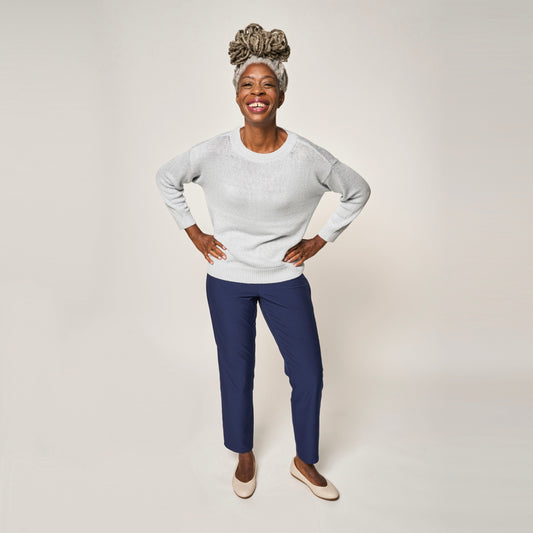

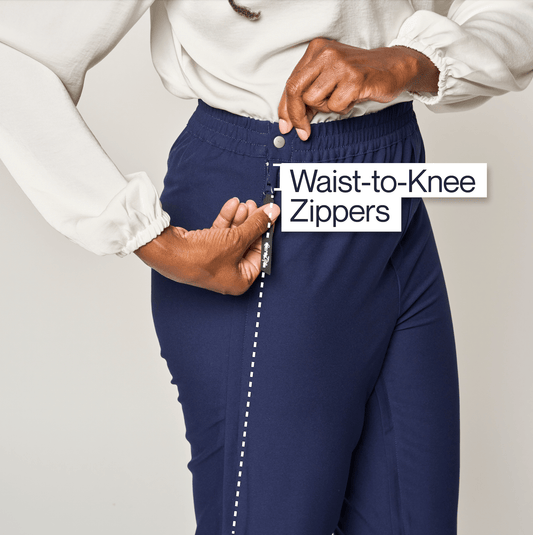
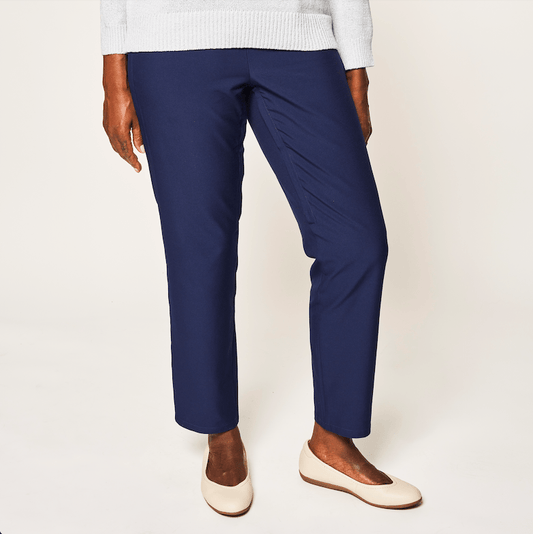
CareZips® Women's Access Pants
Sale Sold outRegular price $80Regular priceUnit price per$108Sale price $80Only 4 left in stock — don’t miss out!
View Full Product DetailsCouldn't load pickup availability
-
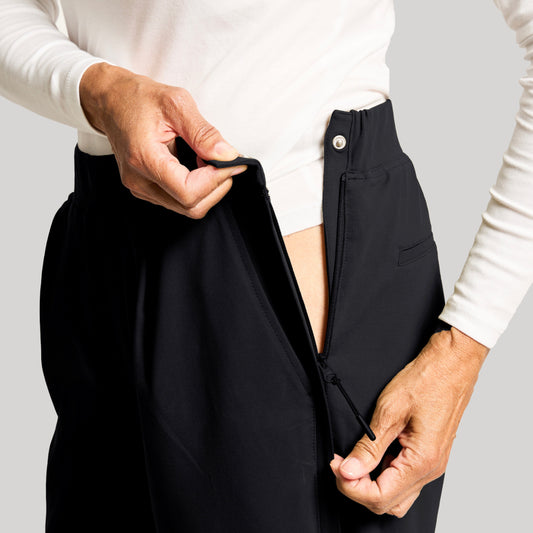 Best Seller 10% OffRegular price $88Regular priceUnit price per
Best Seller 10% OffRegular price $88Regular priceUnit price per$98Sale price $8810% Off

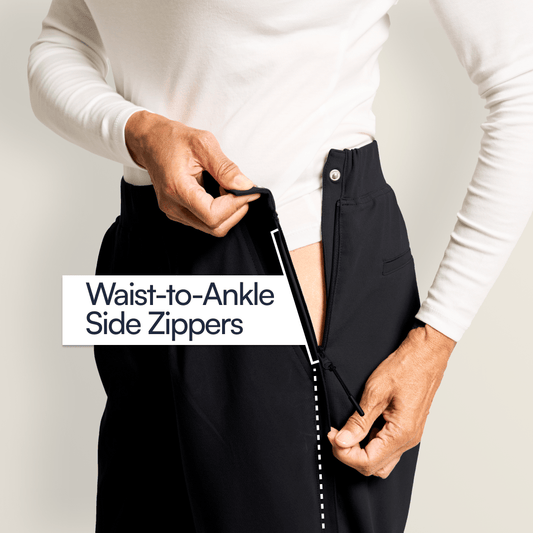



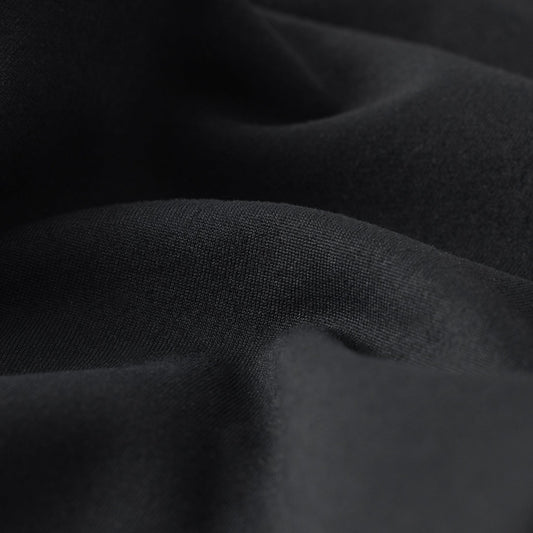
Side-Zip Pant
Sale Sold outRegular price $88Regular priceUnit price per$98Sale price $88Only 7 left in stock — don’t miss out!
View Full Product DetailsCouldn't load pickup availability
-
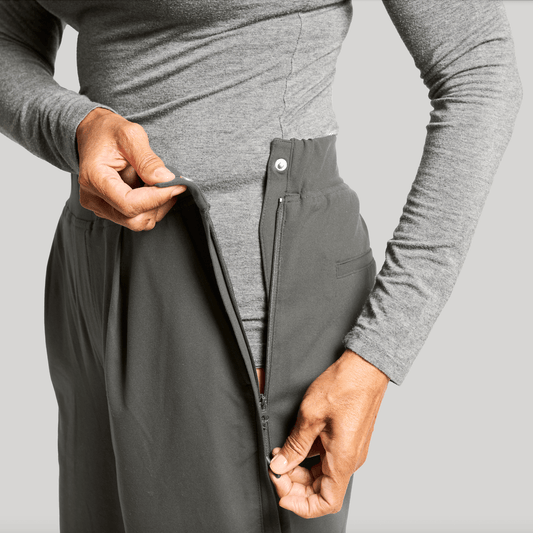 10% OffRegular price $88Regular priceUnit price per
10% OffRegular price $88Regular priceUnit price per$98Sale price $8810% Off

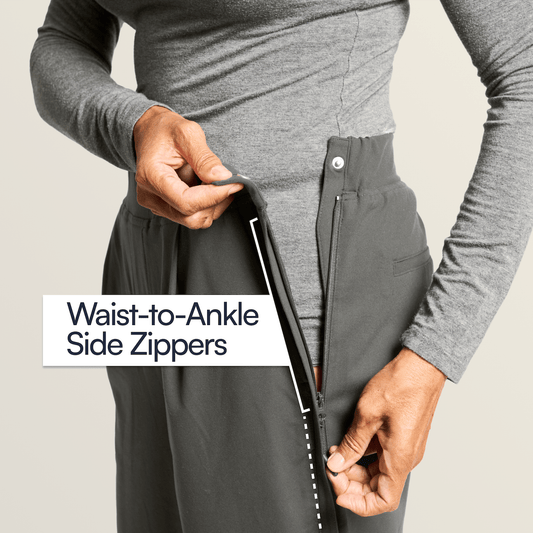
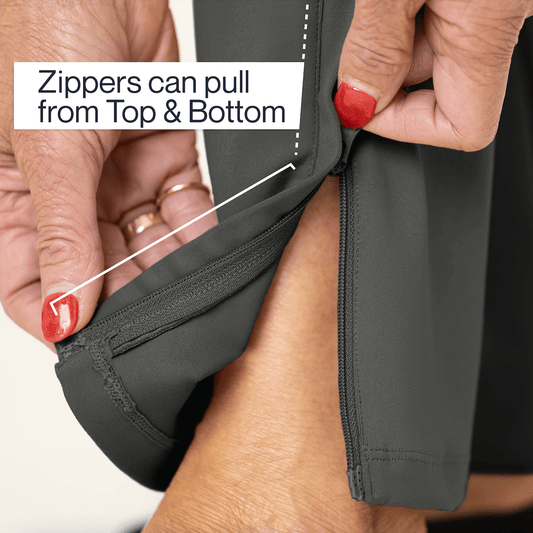


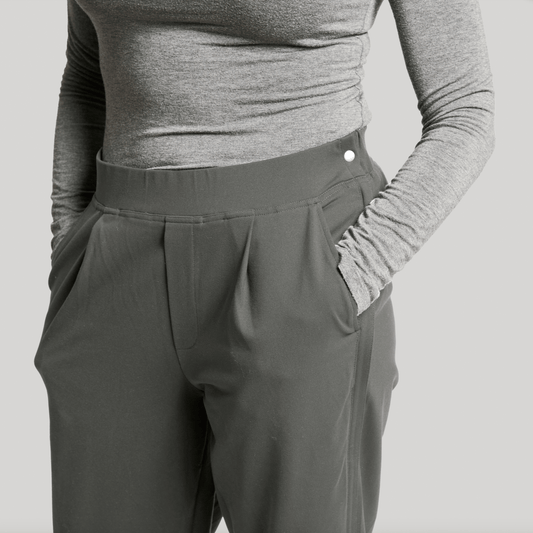
Side-Zip Pant
Sale Sold outRegular price $88Regular priceUnit price per$98Sale price $88Only 7 left in stock — don’t miss out!
View Full Product DetailsCouldn't load pickup availability
-
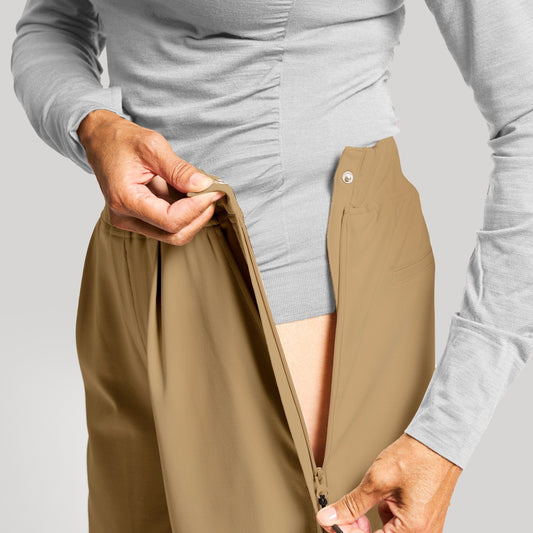 Regular price $98Regular priceUnit price per
Regular price $98Regular priceUnit price per$98Sale price $980% Off






Side-Zip Pant
Sale Sold outRegular price $88Regular priceUnit price per$98Sale price $88Only 7 left in stock — don’t miss out!
View Full Product DetailsCouldn't load pickup availability
-
 Regular price $98Regular priceUnit price per
Regular price $98Regular priceUnit price per$98Sale price $980% Off


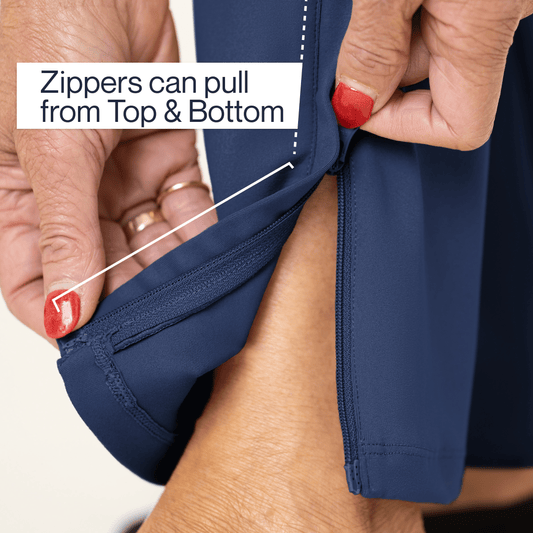


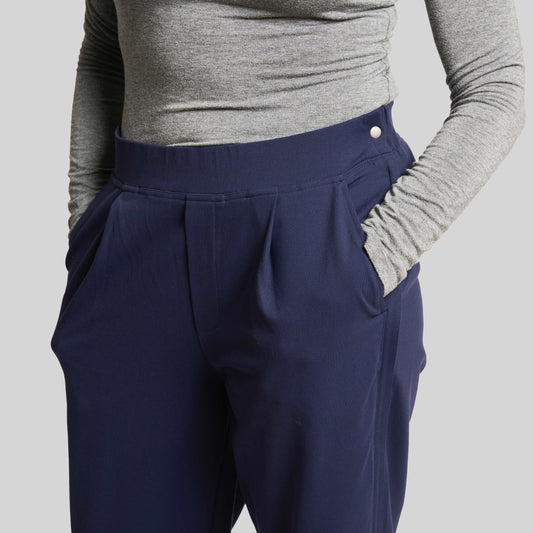

Side-Zip Pant
Sale Sold outRegular price $88Regular priceUnit price per$98Sale price $88Only 7 left in stock — don’t miss out!
View Full Product DetailsCouldn't load pickup availability
-
 19% OffRegular price $88Regular priceUnit price per
19% OffRegular price $88Regular priceUnit price per$108Sale price $8819% Off






Magnetic Button-Down | Relaxed-Fit
Sale Sold outRegular price $88Regular priceUnit price per$108Sale price $88Only 23 left in stock — don’t miss out!
View Full Product DetailsCouldn't load pickup availability
-
 19% OffRegular price $88Regular priceUnit price per
19% OffRegular price $88Regular priceUnit price per$108Sale price $8819% Off





Magnetic Button-Down | Relaxed-Fit
Sale Sold outRegular price $88Regular priceUnit price per$108Sale price $88Only 23 left in stock — don’t miss out!
View Full Product DetailsCouldn't load pickup availability
-
 Best Seller 19% OffRegular price $88Regular priceUnit price per
Best Seller 19% OffRegular price $88Regular priceUnit price per$108Sale price $88Best Seller 19% Off






Magnetic Button-Down | Relaxed-Fit
Sale Sold outRegular price $88Regular priceUnit price per$108Sale price $88Only 23 left in stock — don’t miss out!
View Full Product DetailsCouldn't load pickup availability
-
 19% OffRegular price $88Regular priceUnit price per
19% OffRegular price $88Regular priceUnit price per$108Sale price $8819% Off




Magnetic Button-Down | Relaxed-Fit
Sale Sold outRegular price $88Regular priceUnit price per$108Sale price $88Only 23 left in stock — don’t miss out!
View Full Product DetailsCouldn't load pickup availability
-
 19% OffRegular price $88Regular priceUnit price per
19% OffRegular price $88Regular priceUnit price per$108Sale price $8819% Off




Magnetic Button-Down | Relaxed-Fit
Sale Sold outRegular price $88Regular priceUnit price per$108Sale price $88Only 23 left in stock — don’t miss out!
View Full Product DetailsCouldn't load pickup availability
-
 59% OffRegular price $44Regular priceUnit price per
59% OffRegular price $44Regular priceUnit price per$108Sale price $4459% Off




Magnetic Button-Down | Relaxed-Fit
Sale Sold outRegular price $88Regular priceUnit price per$108Sale price $88Only 23 left in stock — don’t miss out!
View Full Product DetailsCouldn't load pickup availability
-
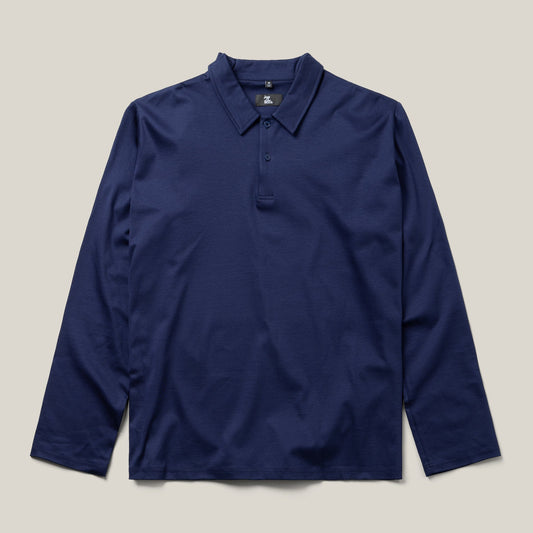 50% OffRegular price $34Regular priceUnit price per
50% OffRegular price $34Regular priceUnit price per$68Sale price $3450% Off
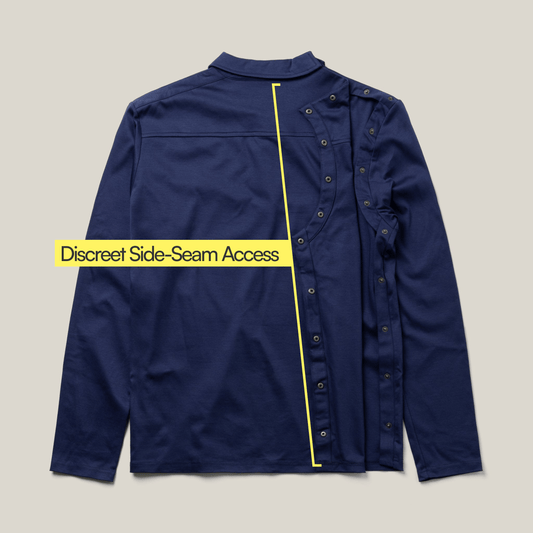
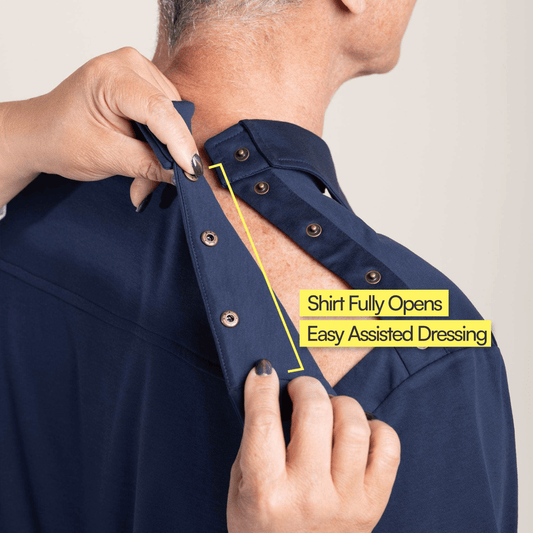
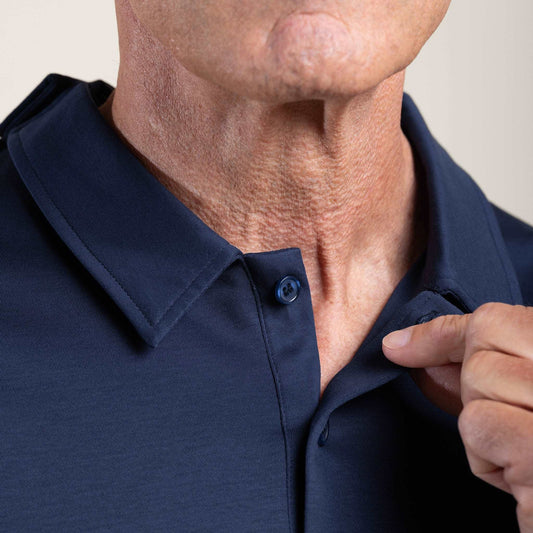
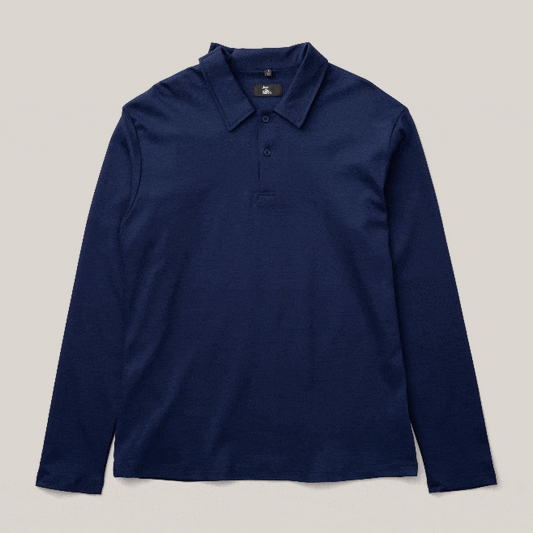
Men's Polo
Sale Sold outRegular price $34Regular priceUnit price per$68Sale price $34Only 8 left in stock — don’t miss out!
View Full Product DetailsCouldn't load pickup availability
-
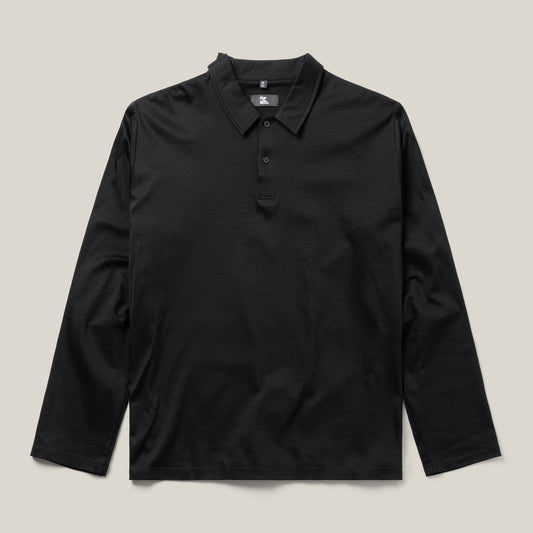 72% OffRegular price $19Regular priceUnit price per
72% OffRegular price $19Regular priceUnit price per$68Sale price $1972% Off
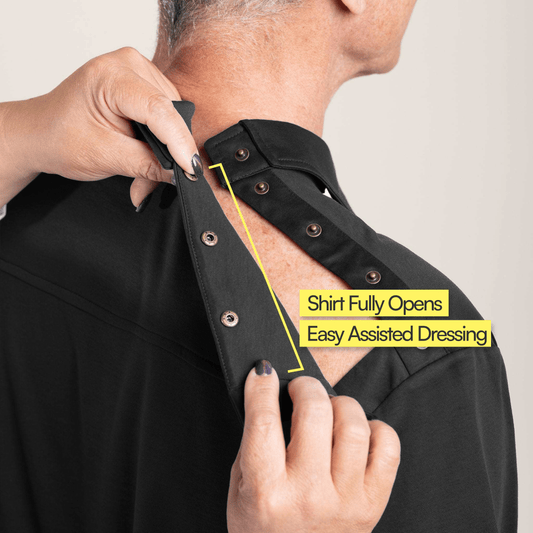

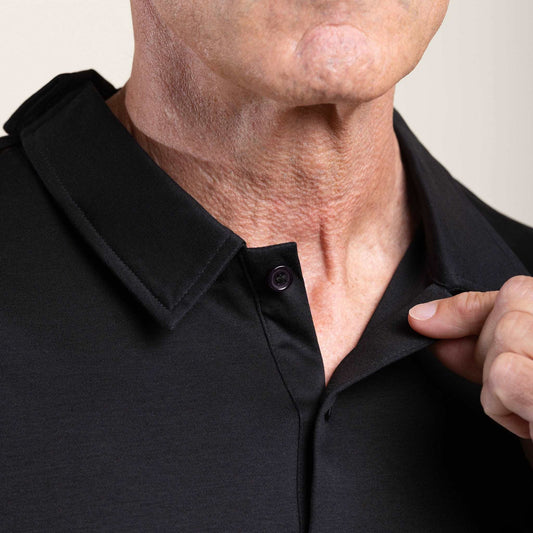
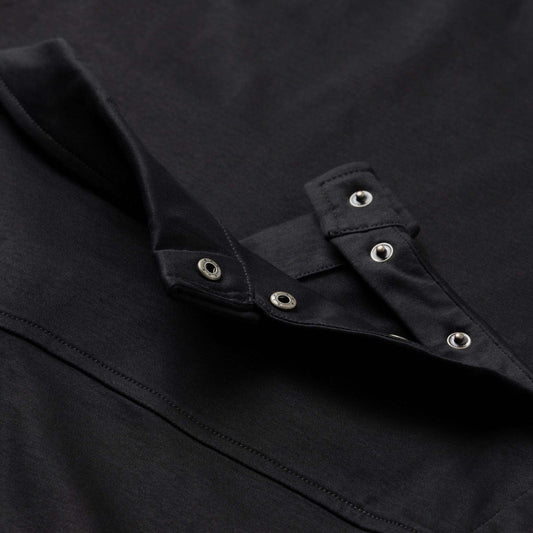
Men's Polo
Sale Sold outRegular price $34Regular priceUnit price per$68Sale price $34Only 8 left in stock — don’t miss out!
View Full Product DetailsCouldn't load pickup availability
-
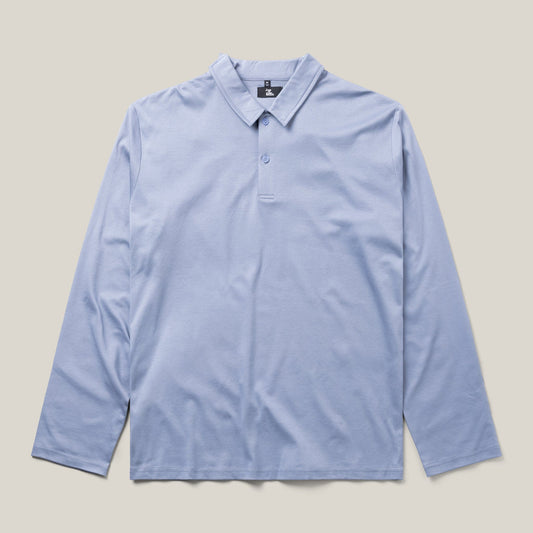 50% OffRegular price $34Regular priceUnit price per
50% OffRegular price $34Regular priceUnit price per$68Sale price $3450% Off
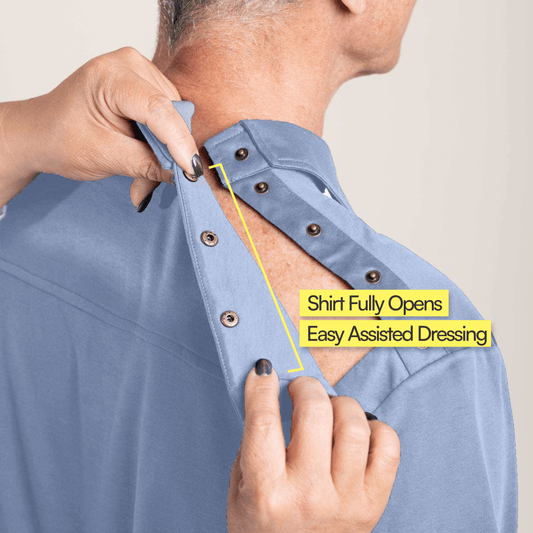
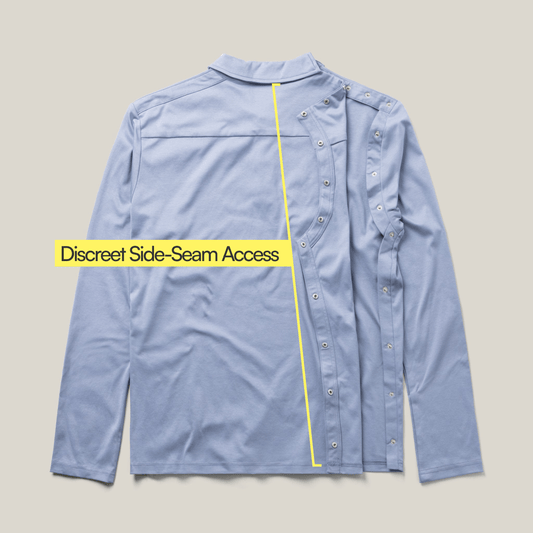
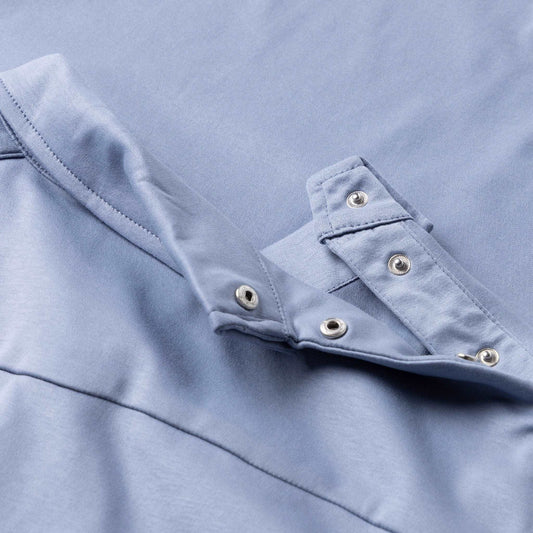
Men's Polo
Sale Sold outRegular price $34Regular priceUnit price per$68Sale price $34Only 8 left in stock — don’t miss out!
View Full Product DetailsCouldn't load pickup availability
-
Big-Grip No-Slip Compression Socks: 3-Pack
Regular price $44Regular priceUnit price per$54Sale price $4419% Off -
CareZips® Men's Access Pants
Regular price $108Regular priceUnit price per$108Sale price $108 -
 10% Off
10% Off -
 Best Seller 19% Off
Best Seller 19% OffMagnetic Button-Down | Tailored-Fit
Regular price $88Regular priceUnit price per$108Sale price $8819% Off -
 26% Off
26% OffCareZips® Women's Access Pants
Regular price $80Regular priceUnit price per$108Sale price $8026% Off -
 10% Off
10% Off -
Magnetic Button-Down | Relaxed-Fit
Regular price $88Regular priceUnit price per$108Sale price $8819% Off -
 50% Off
50% Off
Managing diabetes involves a variety of daily challenges, from monitoring blood sugar levels to maintaining a healthy diet. However, one aspect that is often overlooked is the importance of appropriate clothing. For individuals with diabetes, clothing is not just about style or comfort; it truly plays a meaningful role in managing their health and well-being. Joe & Bella’s adaptive clothing for patients with diabetes are designed to provide comfort and an easier day. This article explores the benefits of adaptive clothing for men and adaptive clothing for women that are living with diabetes, offering insights into selecting the best options to support a healthier lifestyle.
What is Adaptive Clothing for Diabetics?
People living with diabetes can benefit from clothing that’s been designed specifically to meed their needs. Unlike traditional clothing, which at times can be frustrating or nearly impossible for individuals with diabetes to comfortably wear, adaptive diabetic clothing is created to enhance accessibility, comfort, and overall functionality. This type of clothing addresses issues such as ease of dressing, protection of sensitive skin, and the ability to accommodate occasional swelling as well as medical devices like insulin pumps or continuous glucose monitors (CGMs). By incorporating these thoughtful design elements, adaptive clothing for diabetics can significantly improve the daily lives of those managing this condition.
Features of Adaptive Clothing for Patients with Diabetes
Adaptive clothing for diabetics is designed with several key features that cater to the specific needs of diabetic patients. These features not only enhance the comfort and accessibility of the clothing but also support the health and dignity of the wearer, and with certain brands, you won’t have to compromise on your individual style and fashion preferences. With our diabetic adaptive clothing, you won’t have to compromise on your individual style and fashion preferences while benefiting from designs that can accommodate diabetic devices like an insulin pump.
1. Improved Accessibility
Adaptive clothing for diabetics often includes features like magnetic closures, Velcro fastenings, and easy-access zippers, making it easier for individuals with limited mobility or dexterity to dress themselves. These modifications can make it possible to dress with one hand, or even without much coordination or strength requirements. This is particularly important for diabetic patients who may have neuropathy, a common complication that can cause numbness or pain in the hands and feet. By offering easier ways to put on and take off clothing, adaptive designs promote independence and reduce the risk of injury.
2. Enhanced Comfort
Comfort might be the most important aspect of clothing for people with diabetes. Many diabetic patients experience skin sensitivities or irritations due to their condition. Rough or tight clothing can irritate the skin. Many people with diabetes can also experience occasional swelling in their legs, which requires clothing with a looser and stretchier fit. For these individuals, traditional clothing is either too tight at times or too loose. Adaptive clothing can solve this problem because it is typically made from soft, breathable fabrics that provide plenty of ability to move and accommodate swelling when it happens. These fabrics also are gentle on the skin, reducing the risk of irritation. Additionally, the designs are often tagless and feature flat seams to prevent chafing, ensuring that the wearer remains comfortable throughout the day.
3. Customized Fit
Some adaptive clothing for diabetics is designed to provide a customized fit that accommodates the wearer's unique body shape and medical needs. This is particularly important for diabetic pants, which need to provide enough room for medical devices like insulin pumps or to prevent pressure on sensitive areas. Adjustable elastic waist dress ants, elasticized panels, and strategically placed side zip openings allow for a fit that is both comfortable and functional, ensuring that the clothing meets the specific needs of each individual.
4. Convenience
Many garments are designed with features that make dressing and undressing quicker and easier, such as pull-on pants styles or easy-access openings for medical devices. This is particularly beneficial for those who may need to change clothing or access medical devices multiple times throughout the day. Easy closures that make dressing easier are particularly helpful when experiencing swelling that can impact mobility. The convenience of these designs helps reduce the stress and frustration that can come with dressing, allowing individuals to focus more on their health and less on their wardrobe.
5. Style and Dignity
Adaptive clothing for diabetics does not sacrifice style for function. Many brands, including Joe & Bella, offer clothing that is both fashionable and functional, allowing individuals to express their personal style while also meeting their medical needs. Maintaining a sense of style and dignity is important for the mental and emotional well-being of diabetic patients, and adaptive clothing helps ensure that they can look and feel their best.
6. Moisture-Wicking Fabric
When choosing adaptive clothing, moisture-wicking fabric should be something to look out for. This type of fabric helps to keep the skin dry by drawing moisture away from the body, which is particularly important for diabetic patients who are prone to excessive sweating or have difficulty regulating their body temperature. By keeping the skin dry, moisture-wicking fabric helps prevent skin infections and other complications that can arise from prolonged exposure to moisture.
Types of Adaptive Diabetic Clothing
Adaptive diabetic clothing comes in various forms, crafted to assist those who are living with diabetes. From tops to footwear, these garments are crafted with functionality, comfort, and style in mind.
1. Adaptive Tops
Adaptive tops for diabetics focus both on providing an easier way to dress, and an easier way to access medical devices. Adaptive closures are typically made with magnetic buttons, Velcro closures, and side openings, like in open shirts for women. Easy closures on our women's shirts with magnetic buttons simplify the process for individuals who may have dressing difficulty due to swelling or mobility limitations. These clothes for older women are often made from soft, breathable fabrics that minimize irritation and provide maximum comfort throughout the day. Additionally, adaptive tops may include hidden pockets or openings to accommodate medical devices like insulin pumps, making them both practical and stylish.
2. Adaptive Pants
Men's adaptive pants and women's adaptive pants are also modified to meet the needs of those with diabetes. Features such as adjustable waistbands, hidden pockets, and pants with zipper legs ease dressing while accommodating for medical devices. Diabetic pants provide enough room to avoid pressure on sensitive areas, and they often include discreet openings for medical devices, ensuring that the wearer can easily access their insulin pump or CGM without having to remove the entire garment.
Check out our women's elastic waist pants, senior pants, and side snap pants for more options.
3. Adaptive Gowns/Undergarments
Adaptive gowns and undergarments are designed to provide comfort and ease of use for diabetic patients, particularly those with limited mobility or those who require frequent medical monitoring. Nightgowns typically feature a front closure (while hospital gowns will close in the back) and often use snap button shirt closures, Velcro fastenings, or wrap-around designs that make dressing and undressing easier. Adaptive sleepwear and undergarments are typically made from soft, moisture-wicking fabrics that help prevent skin irritation and keep the wearer comfortable throughout the day. Adaptive bras can be put on and off multiple ways, even with one hand, to accommodate a range of physical limitations.
4. Adaptive Footwear
Adaptive footwear is essential for diabetic patients, as foot health is a critical concern for those managing diabetes. Diabetic shoes are designed to reduce pressure on the feet, provide ample cushioning, and prevent injuries that could lead to complications. Many adaptive shoes feature adjustable straps, easy closures, and breathable materials to ensure a comfortable fit. These shoes often have extra depth to accommodate orthotics or custom insoles, which are essential for managing foot health in diabetics.
Make your footwear more comfortable with our gripper socks, hospital socks, and compression socks collections.
Tips for Choosing Diabetics Clothing
When selecting adaptive clothing for diabetics, it's important to consider several factors to ensure that the garments will truly help. First, prioritize comfort by choosing clothing made from fabrics that are gentle on the skin and provide plenty of stretch and breathability. Second, look for clothing with features that enhance accessibility and convenience, such as magnets, elastic waistbands, and easy-access openings (like in our incontinence clothing) for medical devices. Lastly, consider the style and fit of the clothing, as maintaining a sense of dignity and personal style is important for the mental and emotional well-being of diabetic patients.
Easy-Wear Adaptive Diabetics Clothing from Joe & Bella
Joe & Bella offers a wide range of easy-wear adaptive clothing for diabetics, designed to make life easier, simpler and more comfortable for those managing diabetes. Their collection includes diabetic pants, tops, and footwear that seamlessly blend necessary functionality with modern styles. Whether you need clothing that accommodates medical devices or simply want garments that are easier to put on and take off, Joe & Bella has options that meet your needs. Explore their selection today and discover how adaptive clothing can enhance your daily life. With Joe & Bella’s commitment to quality and innovation, you can trust that their adaptive clothing for diabetics will provide the comfort, convenience, and style you deserve.
Related collections:
Gripper Socks | Side Zips | Men's Adaptive Clothing | Compression Socks | Women's Elastic Waist Pants

